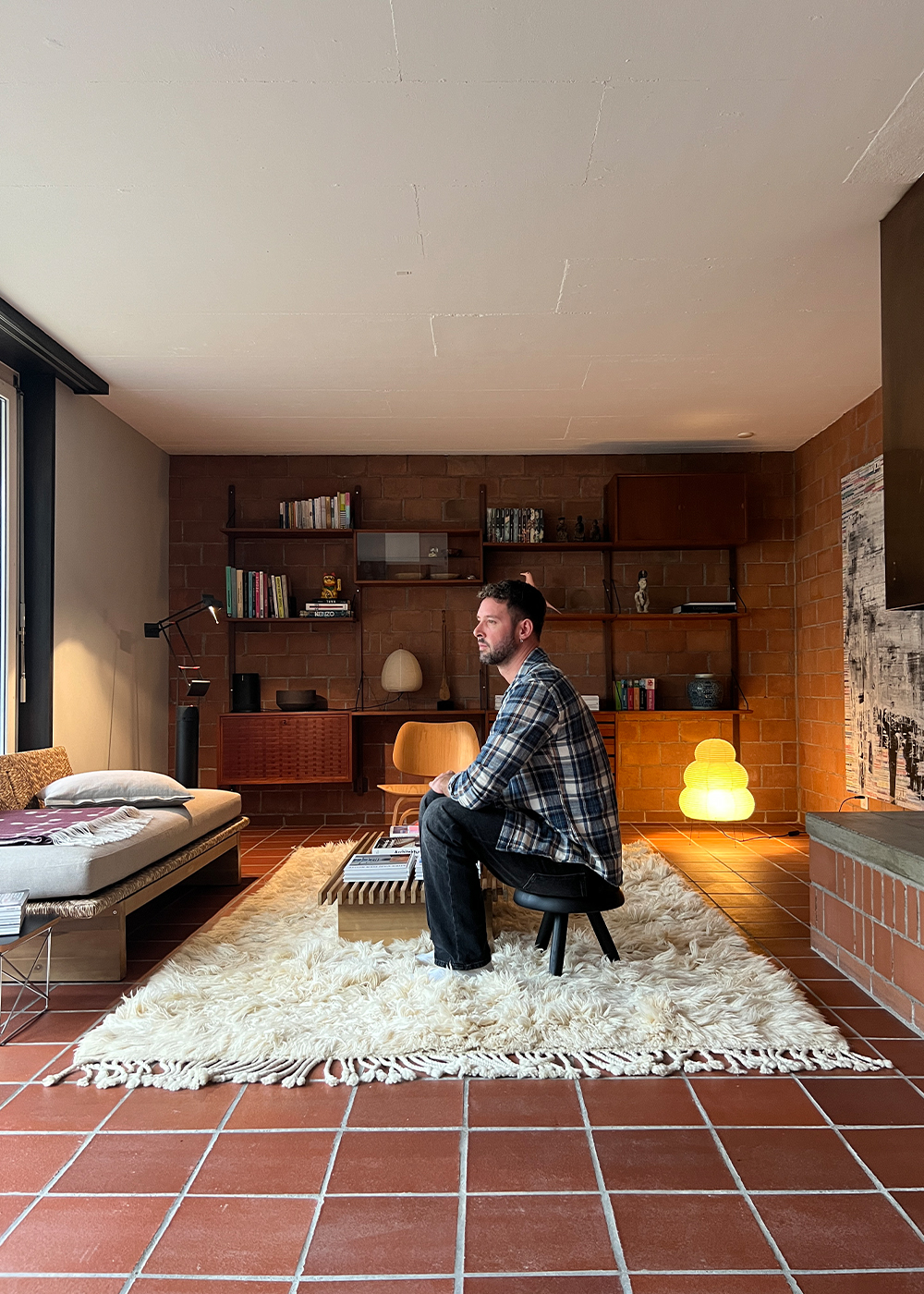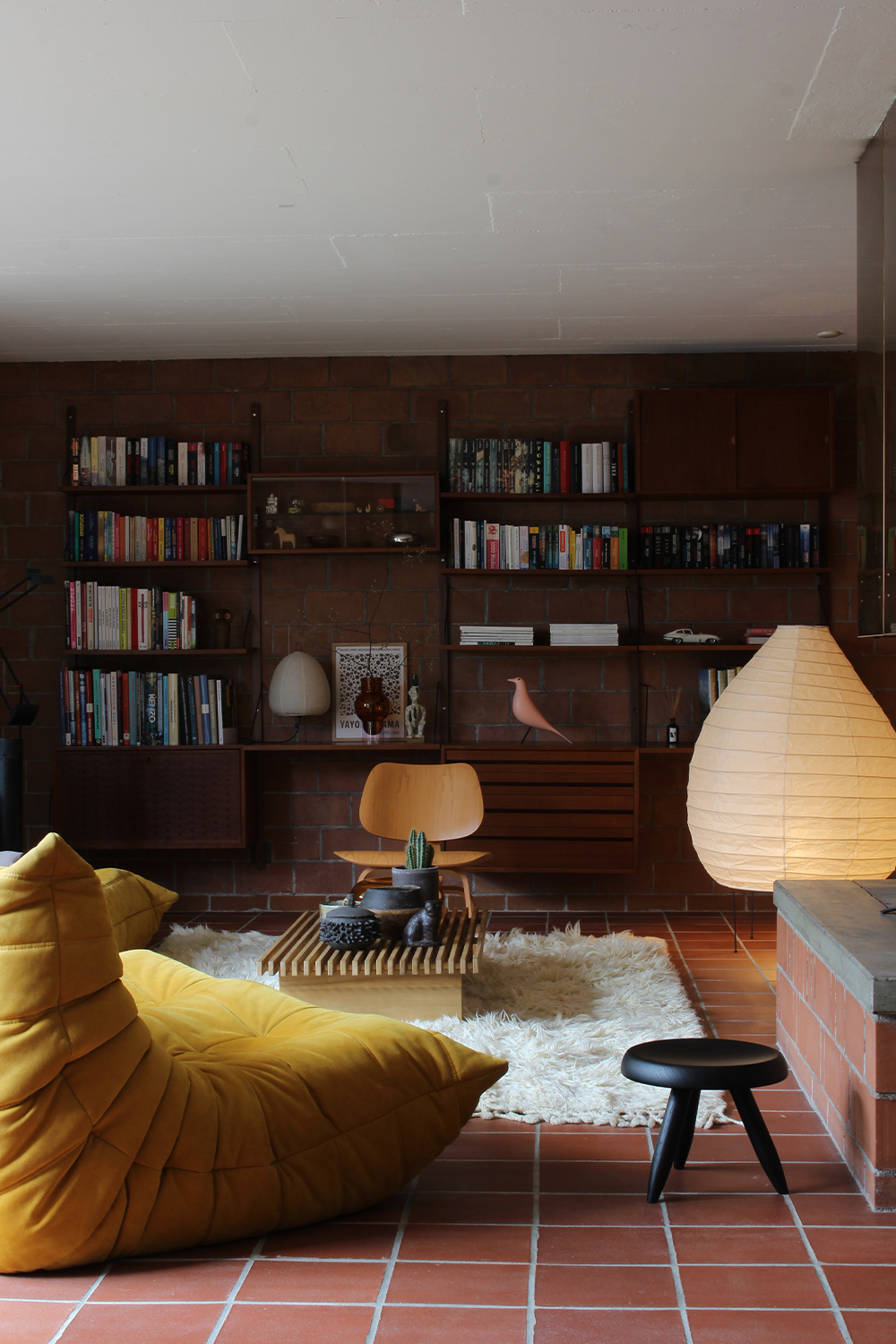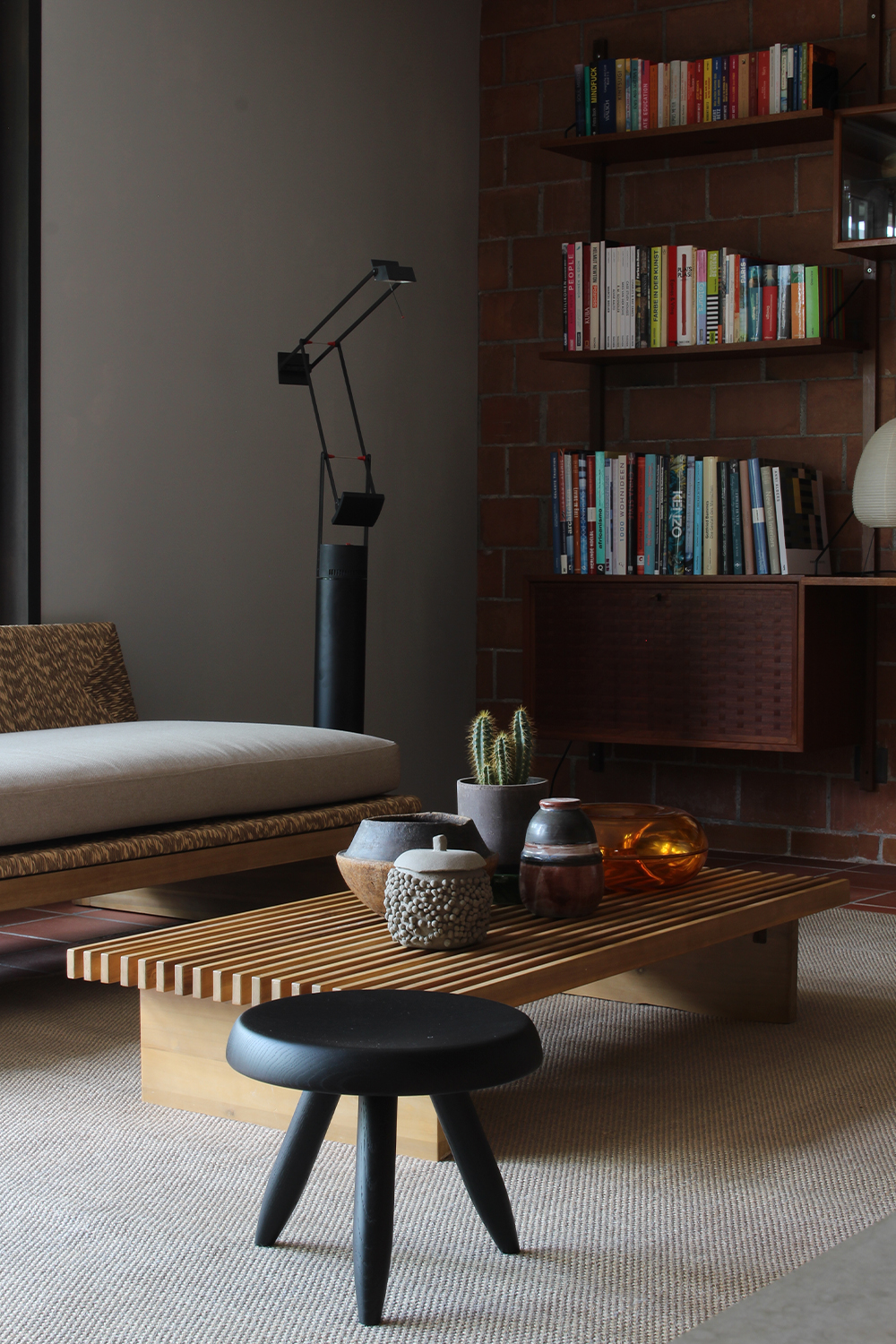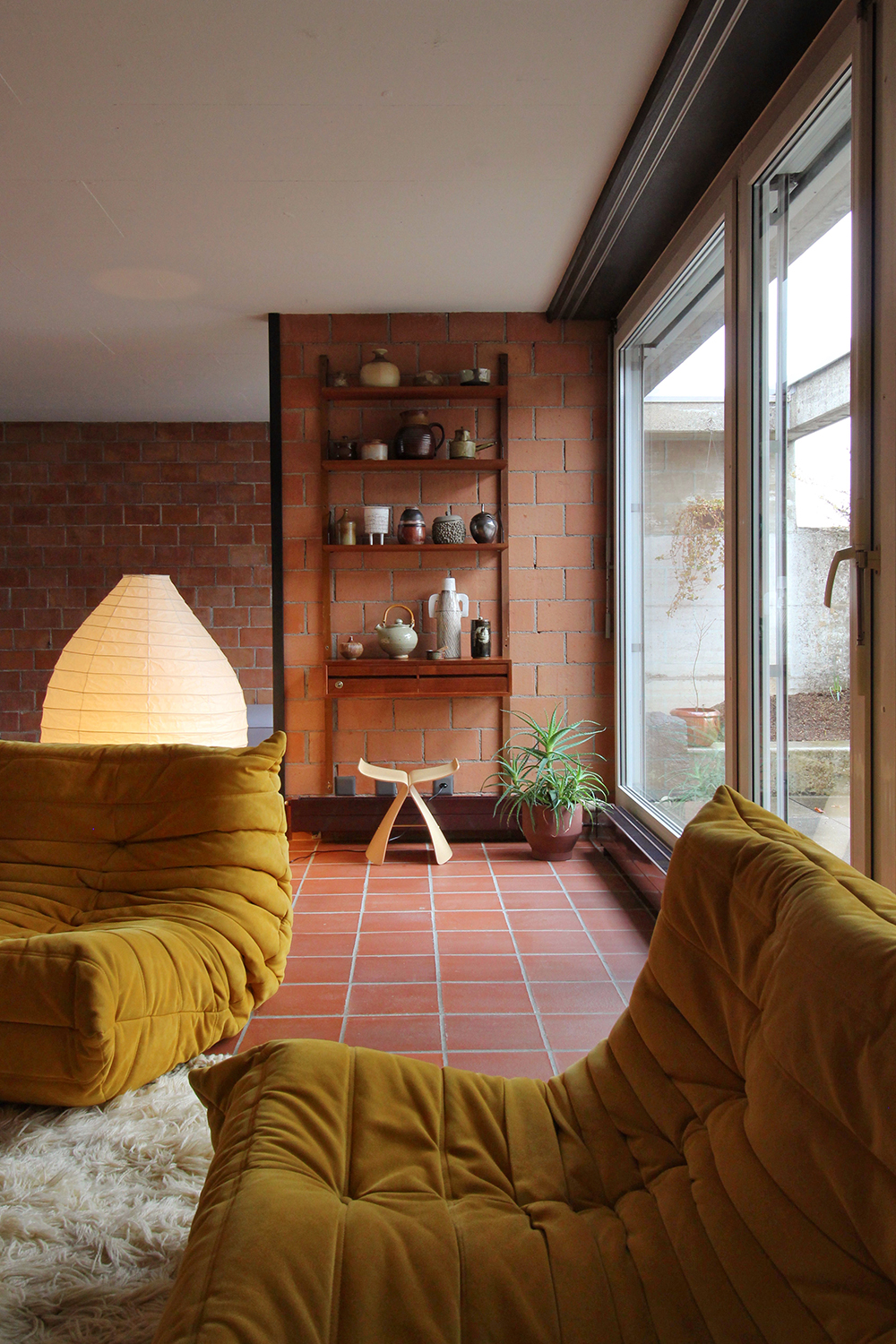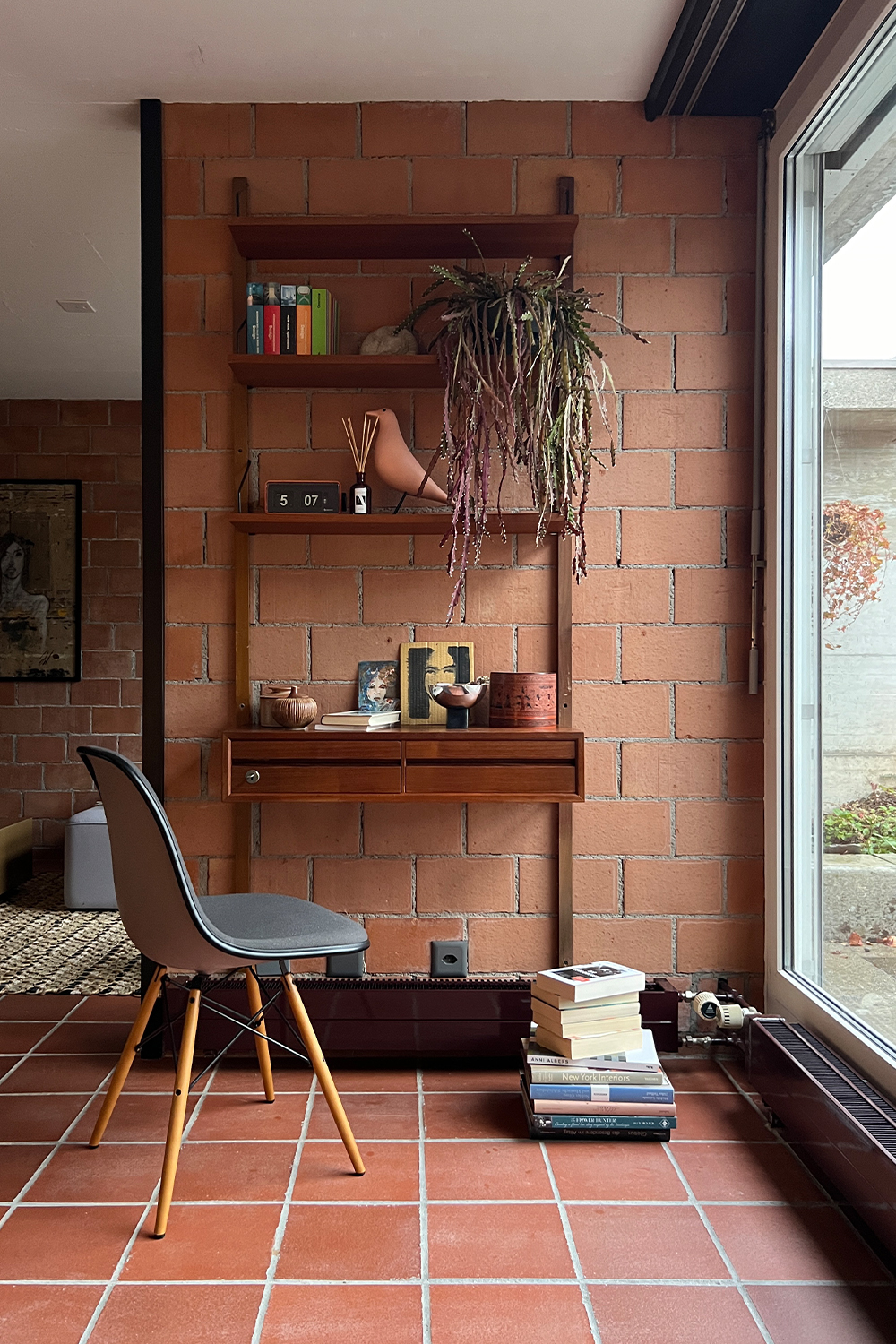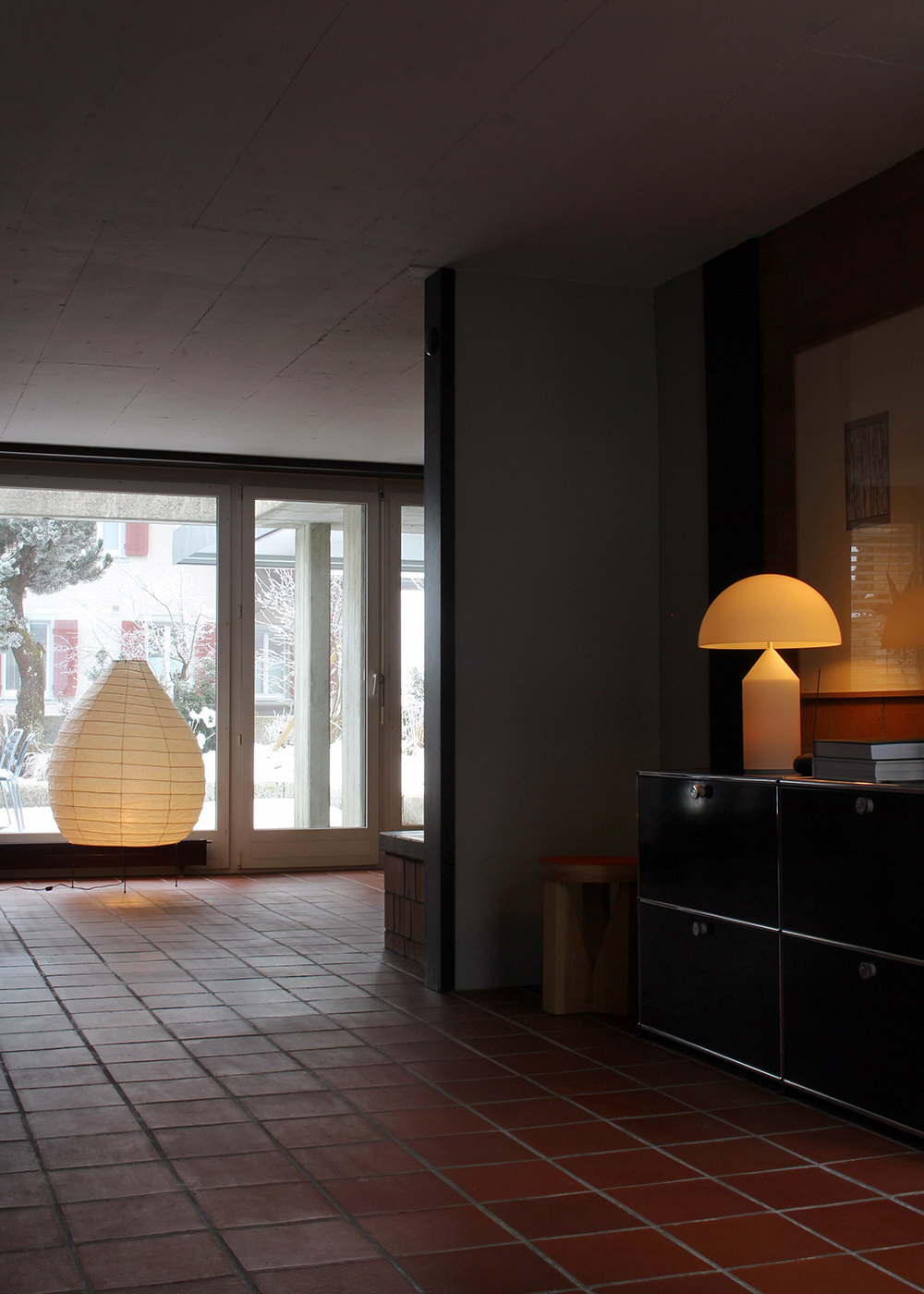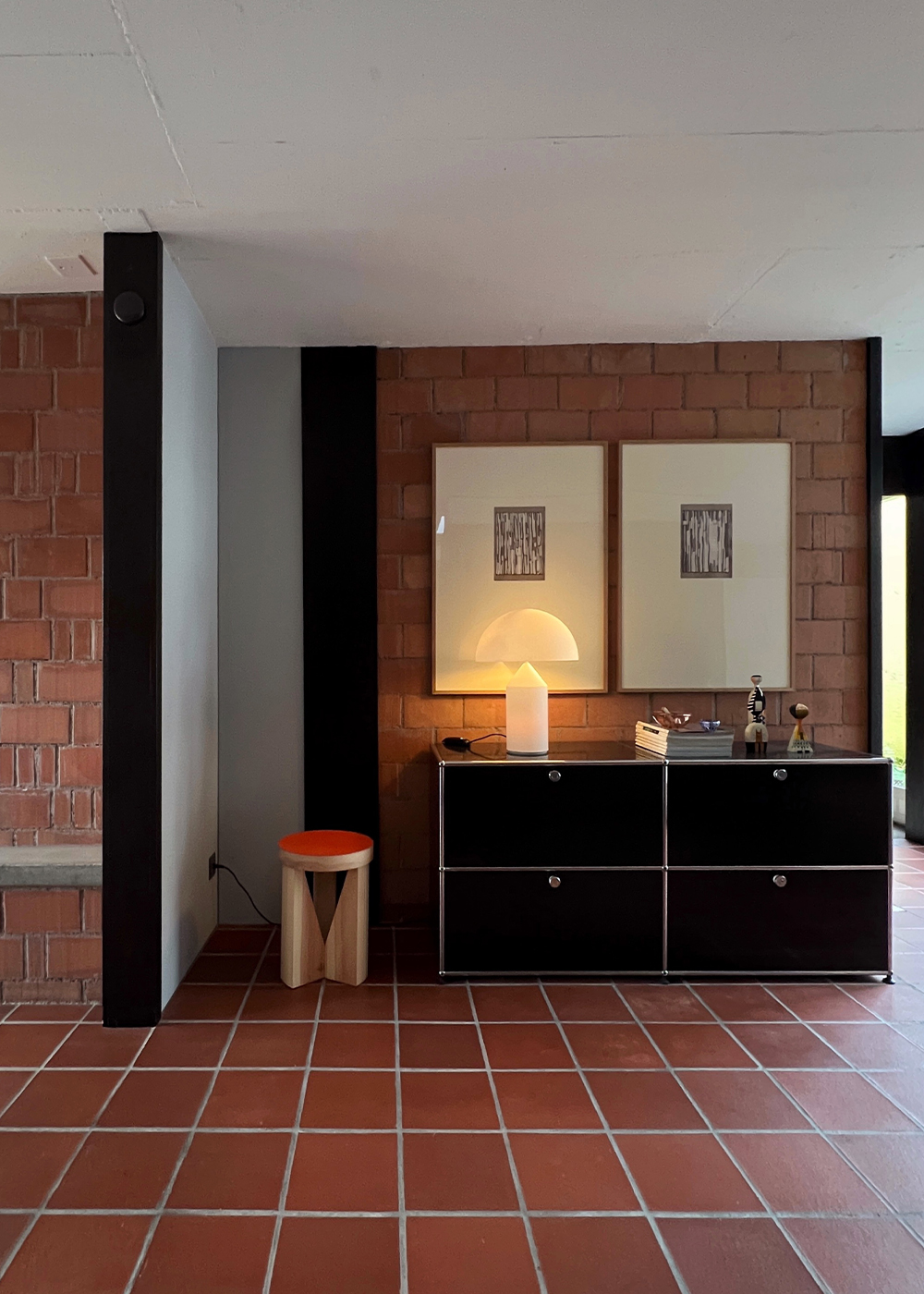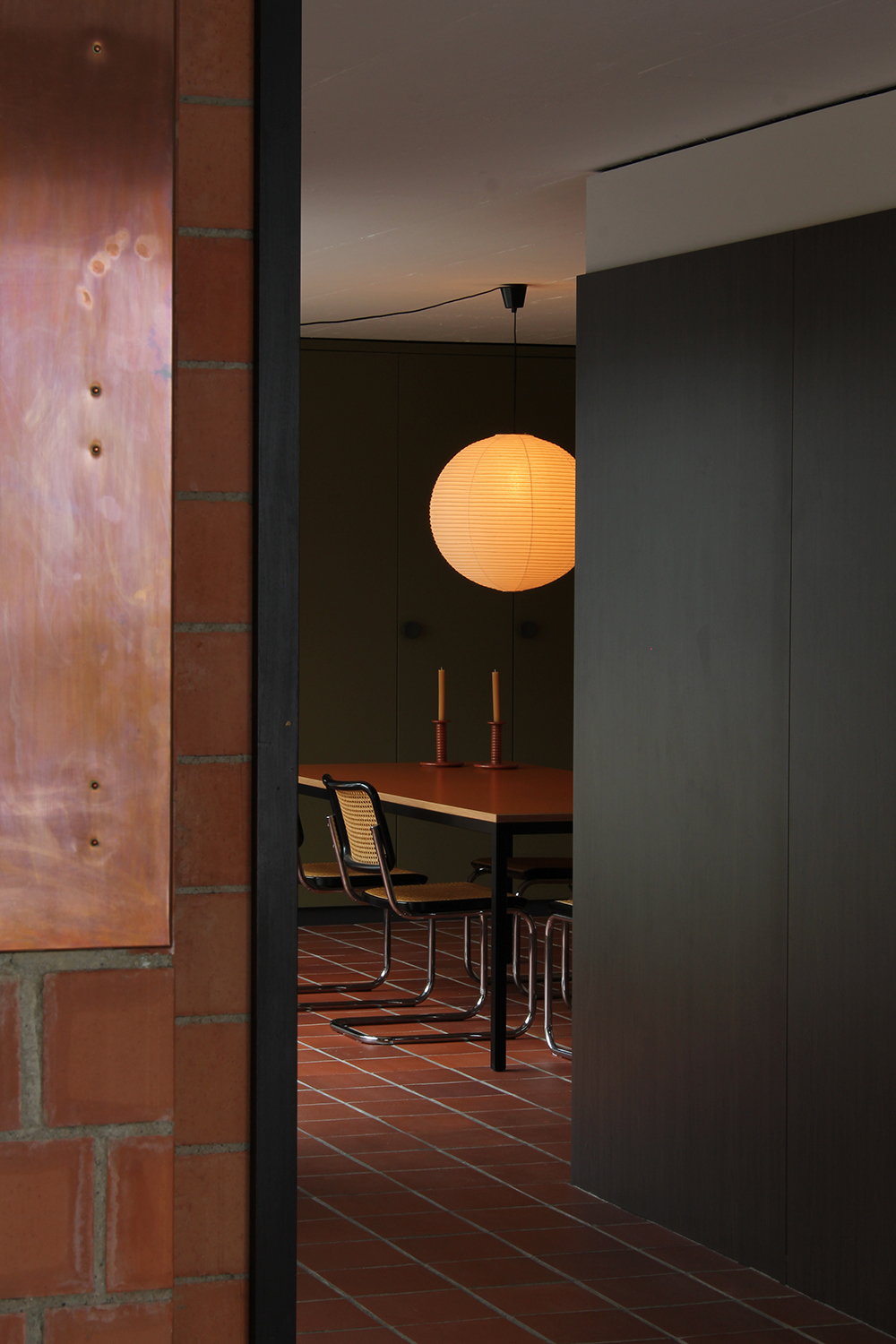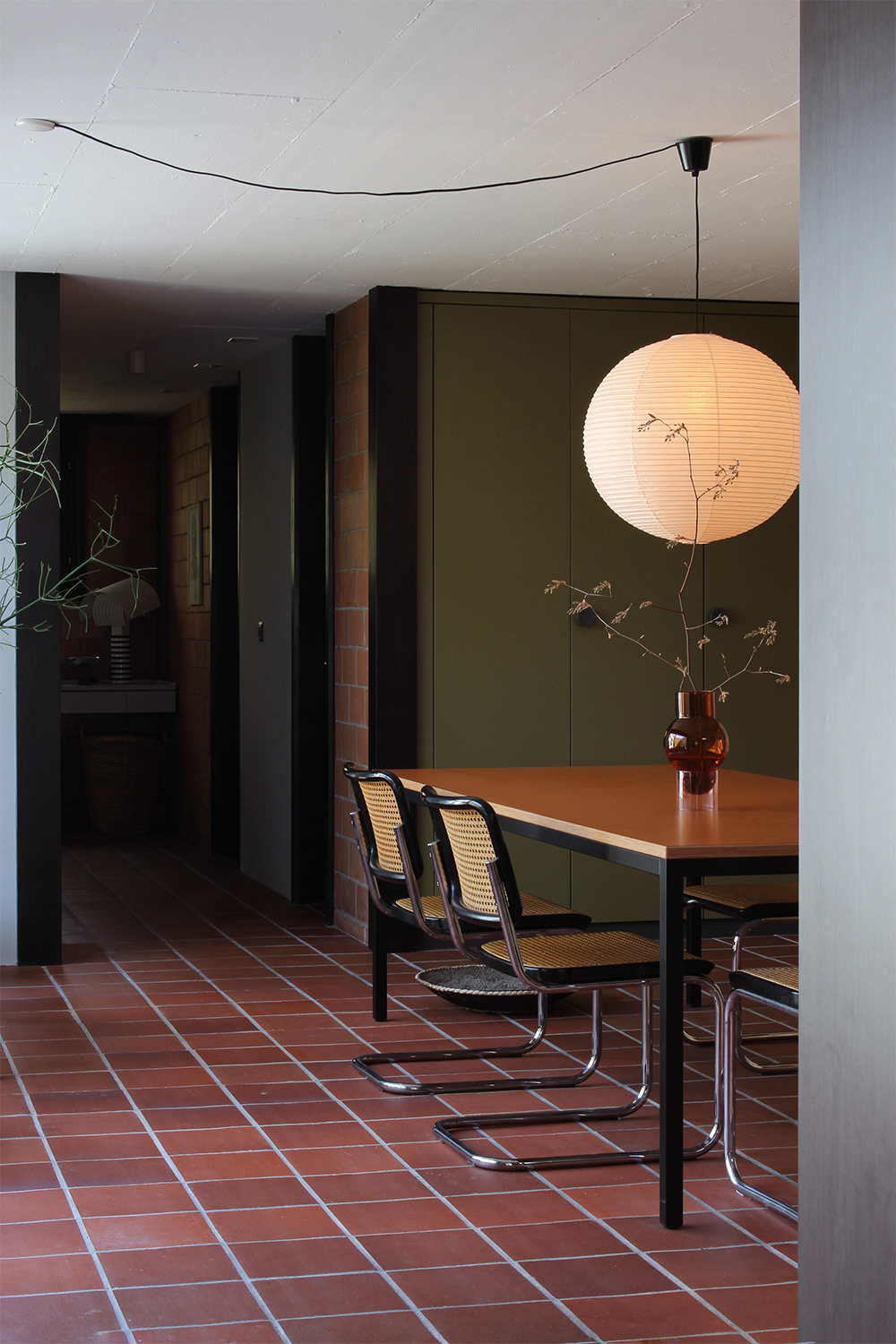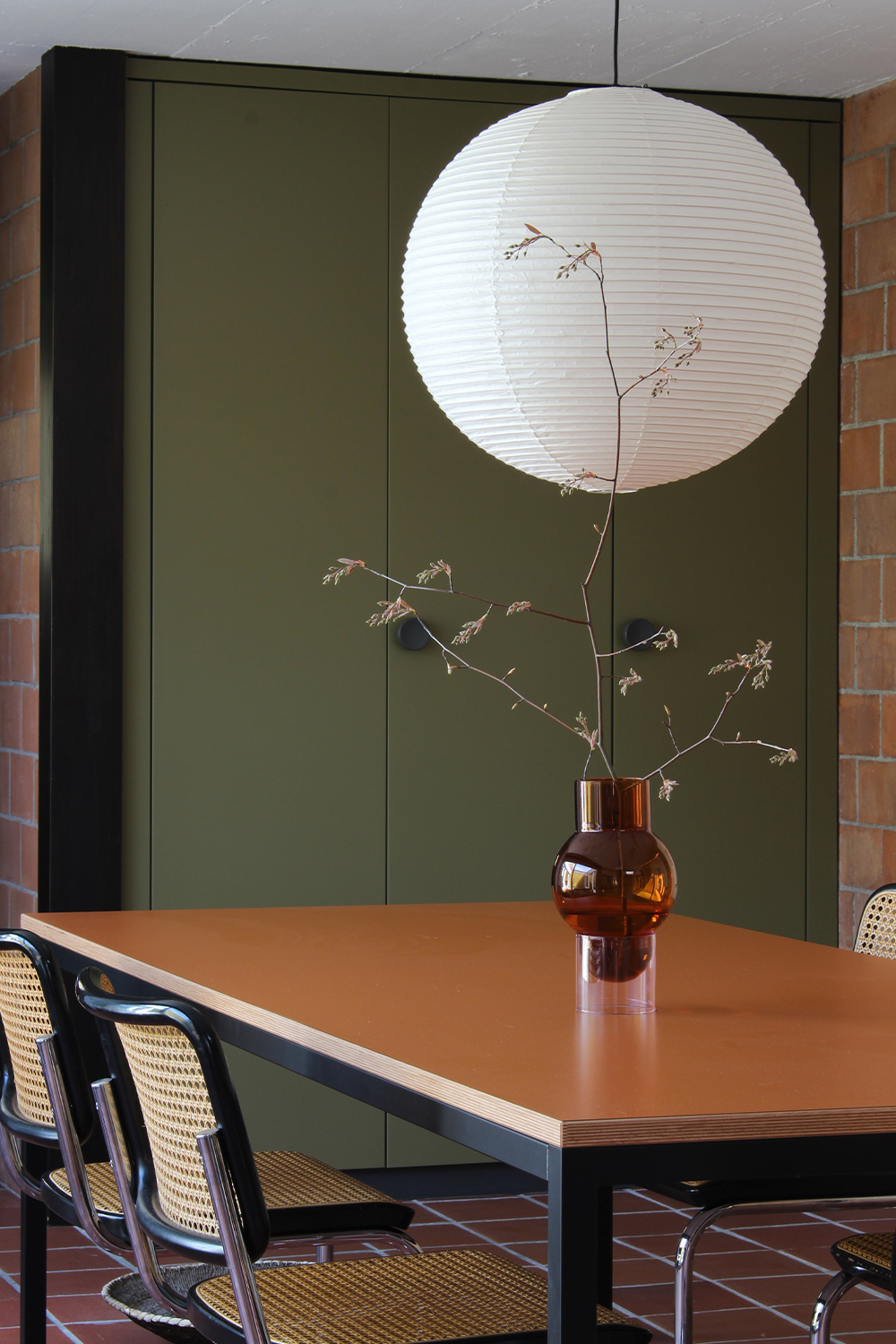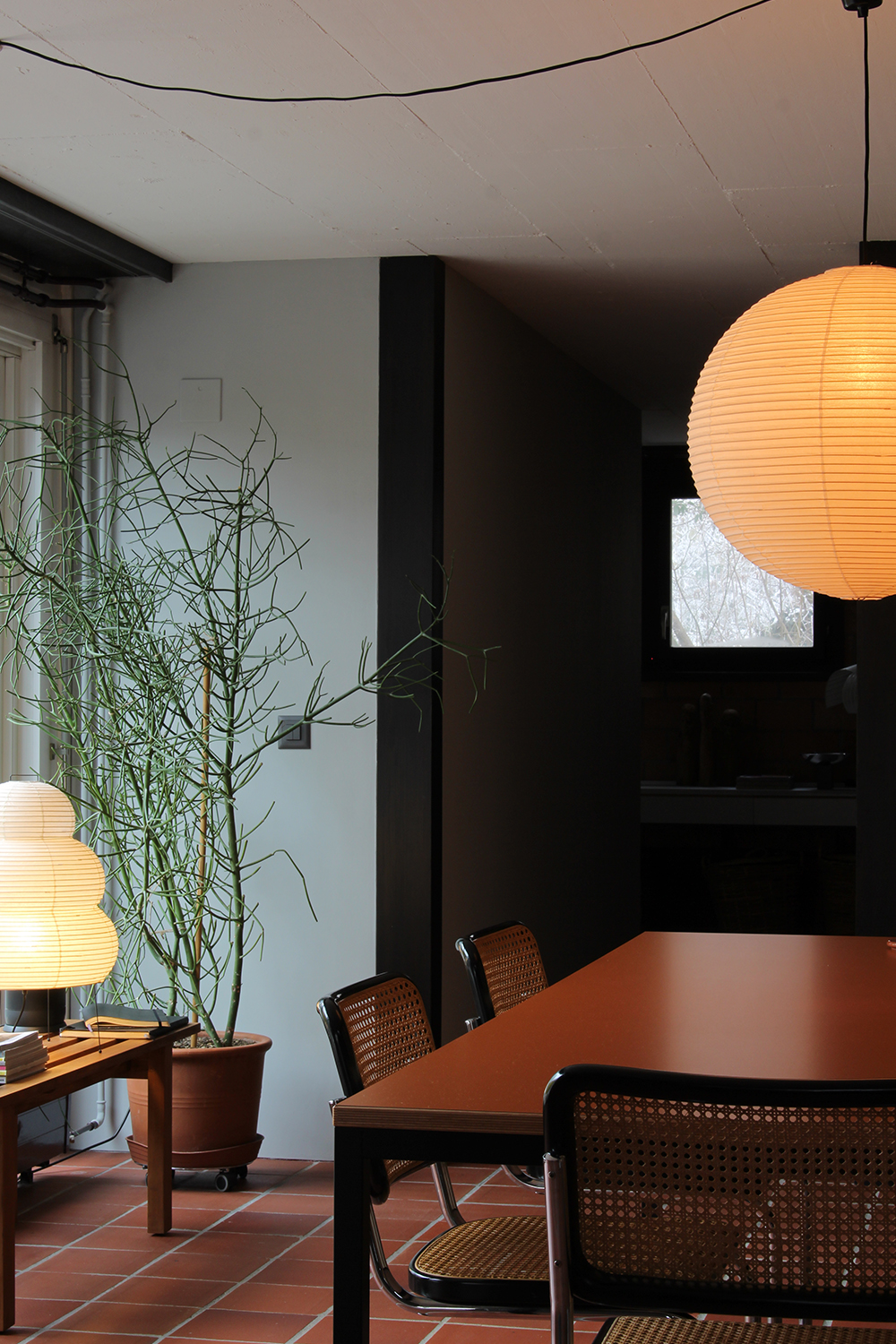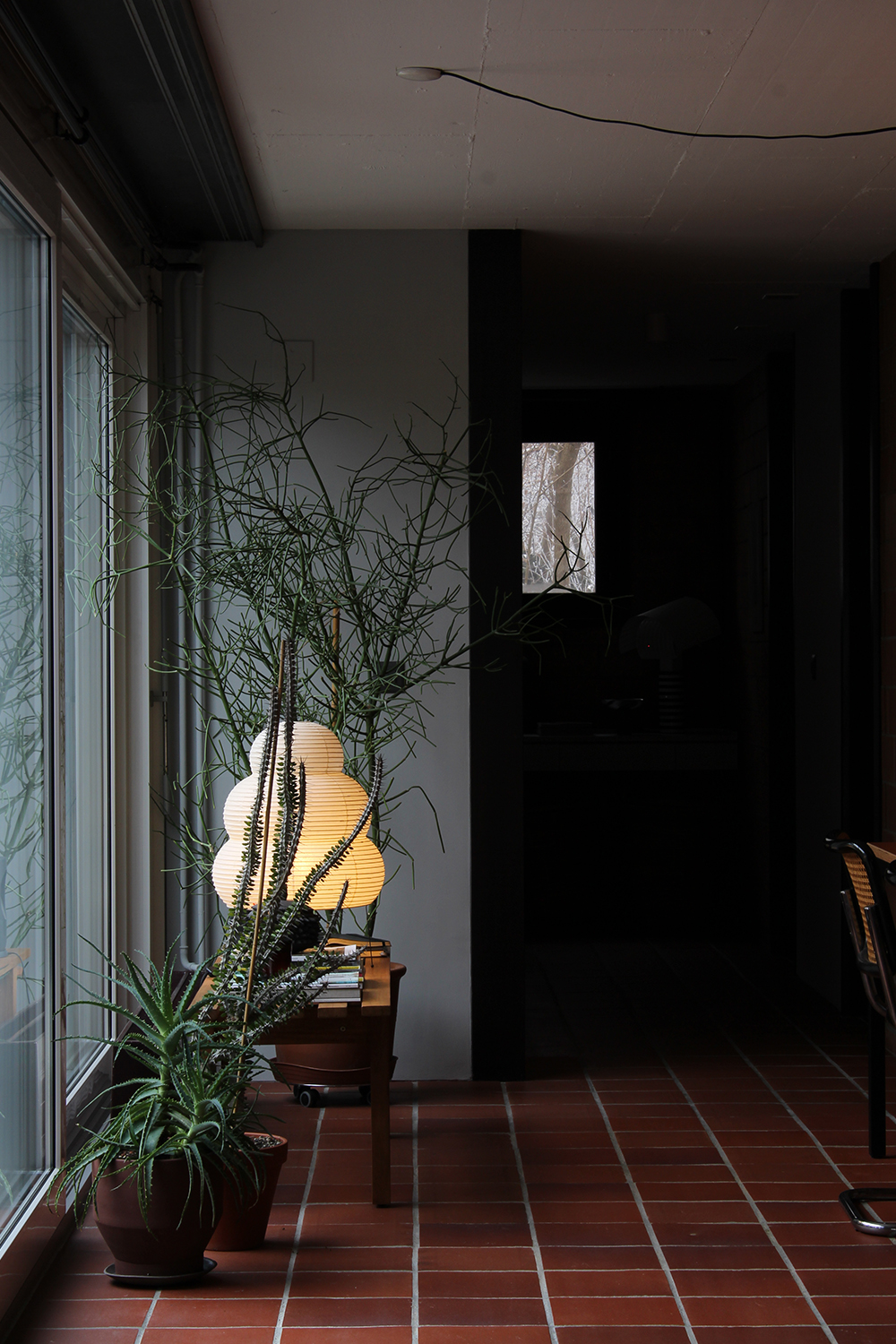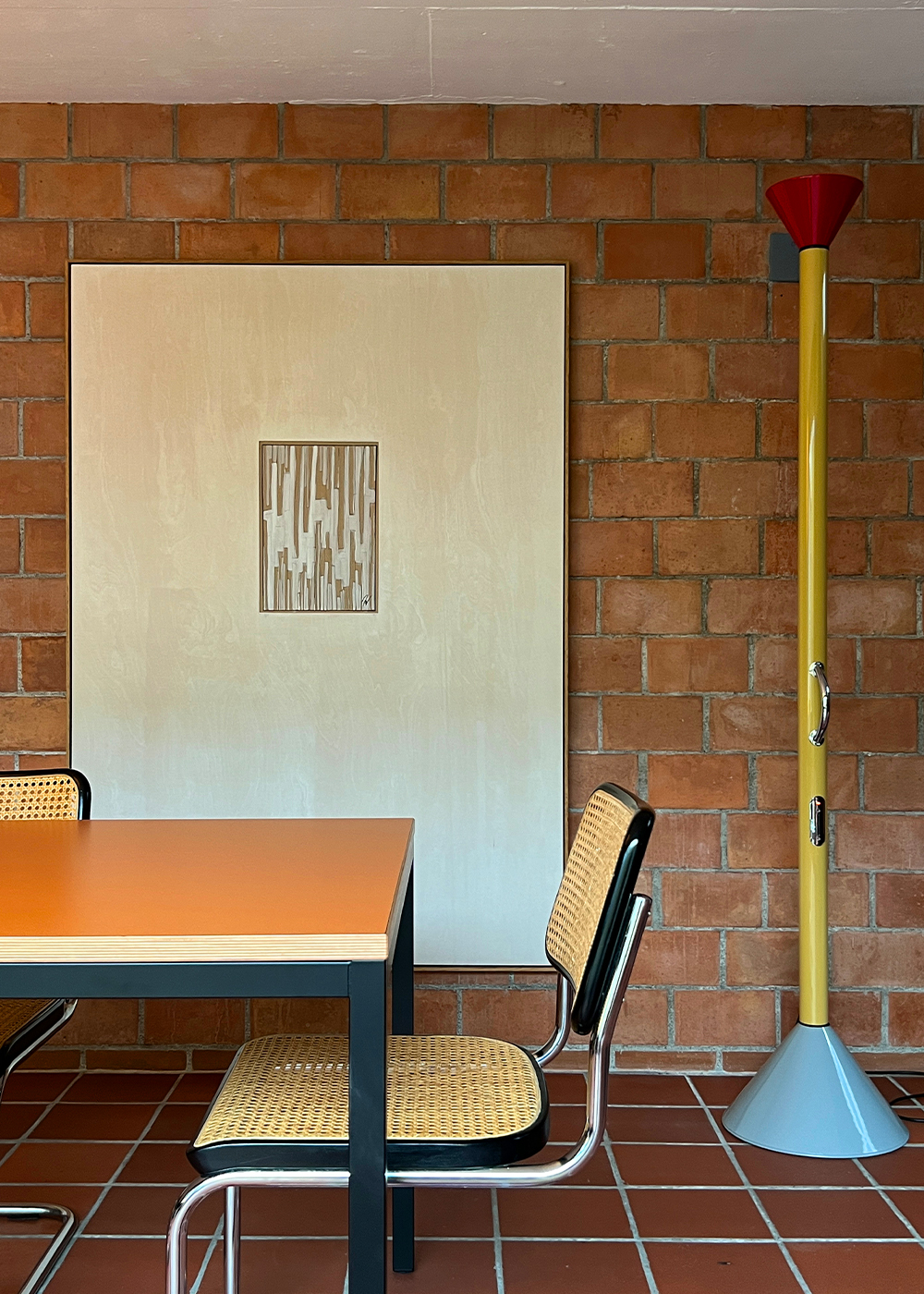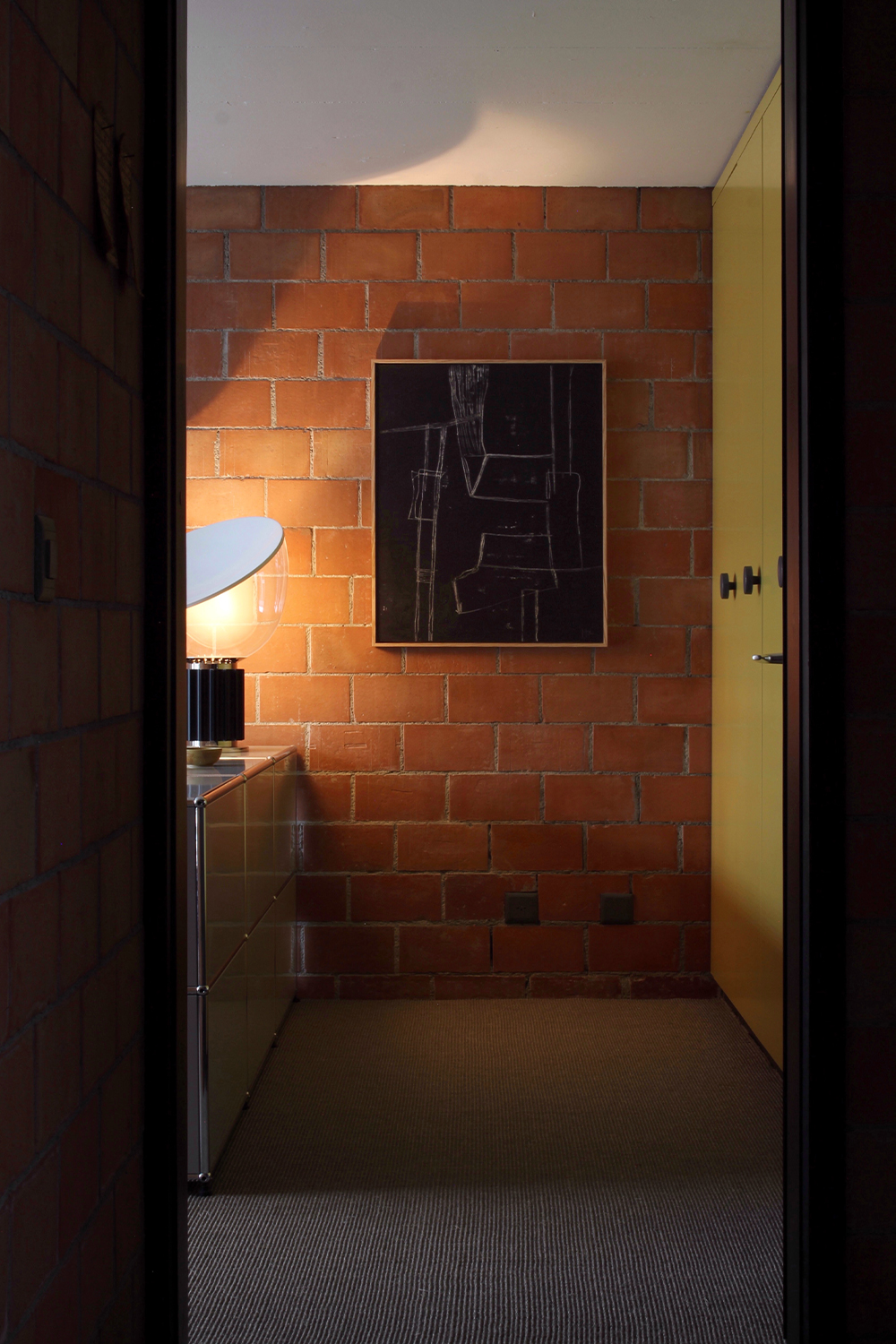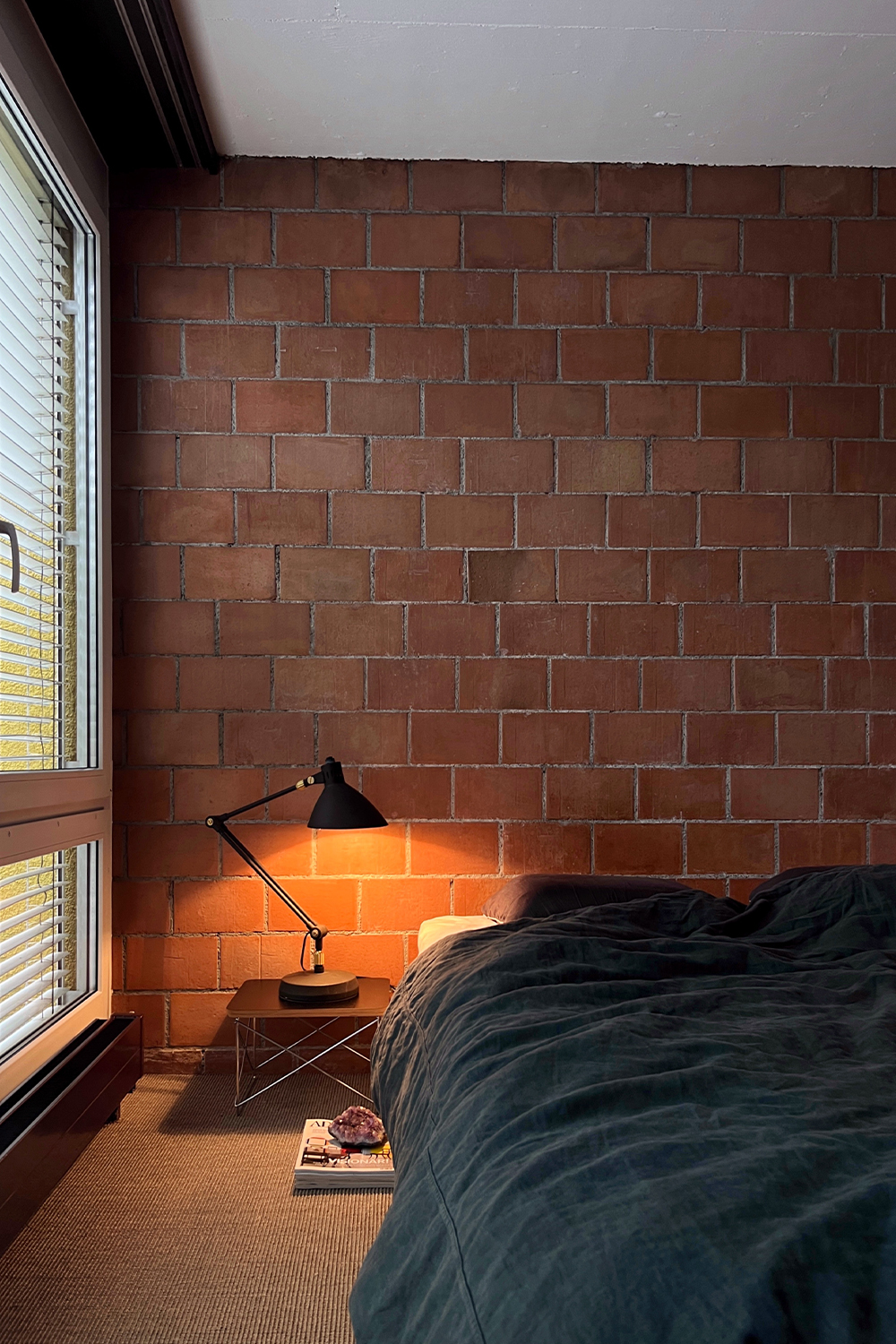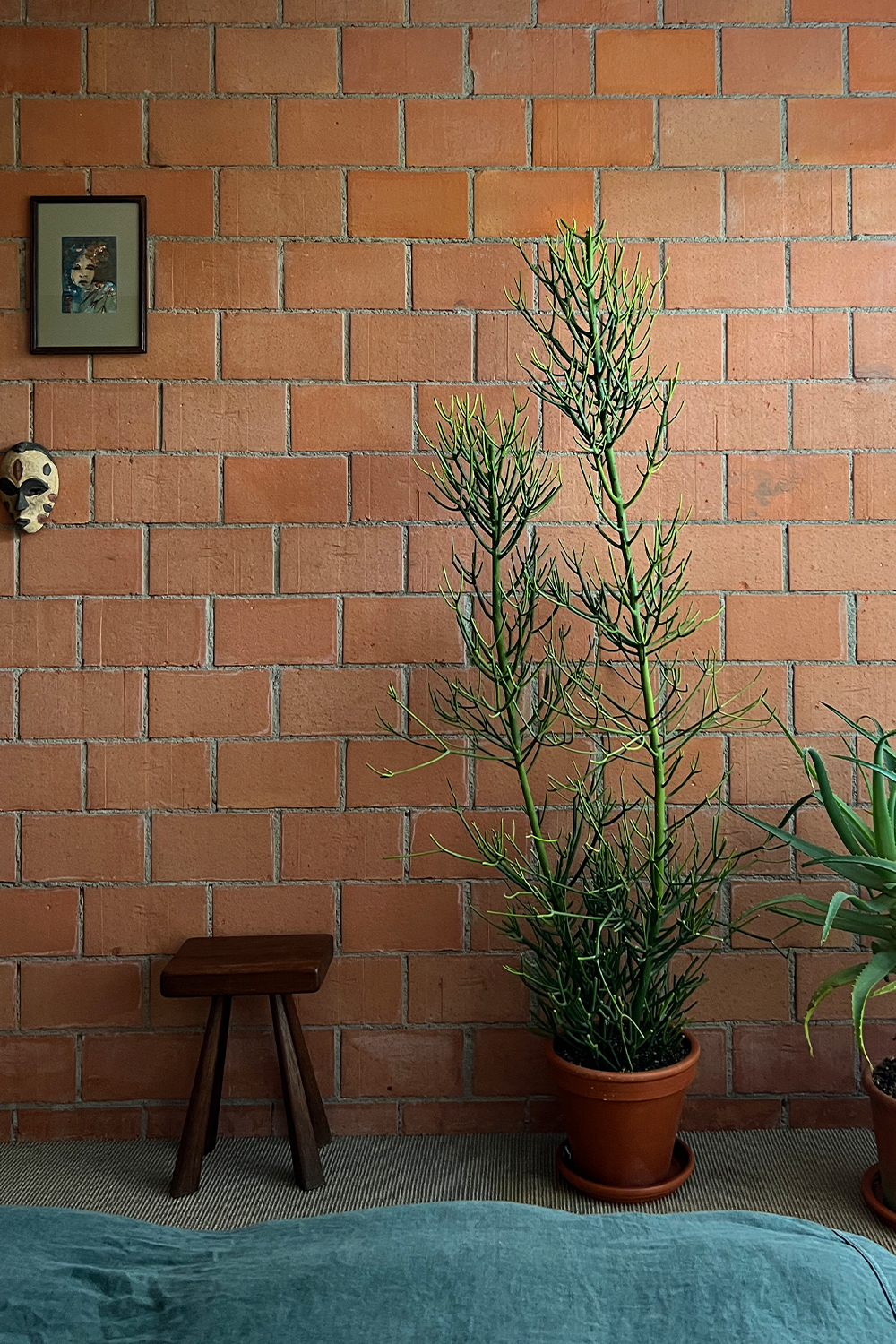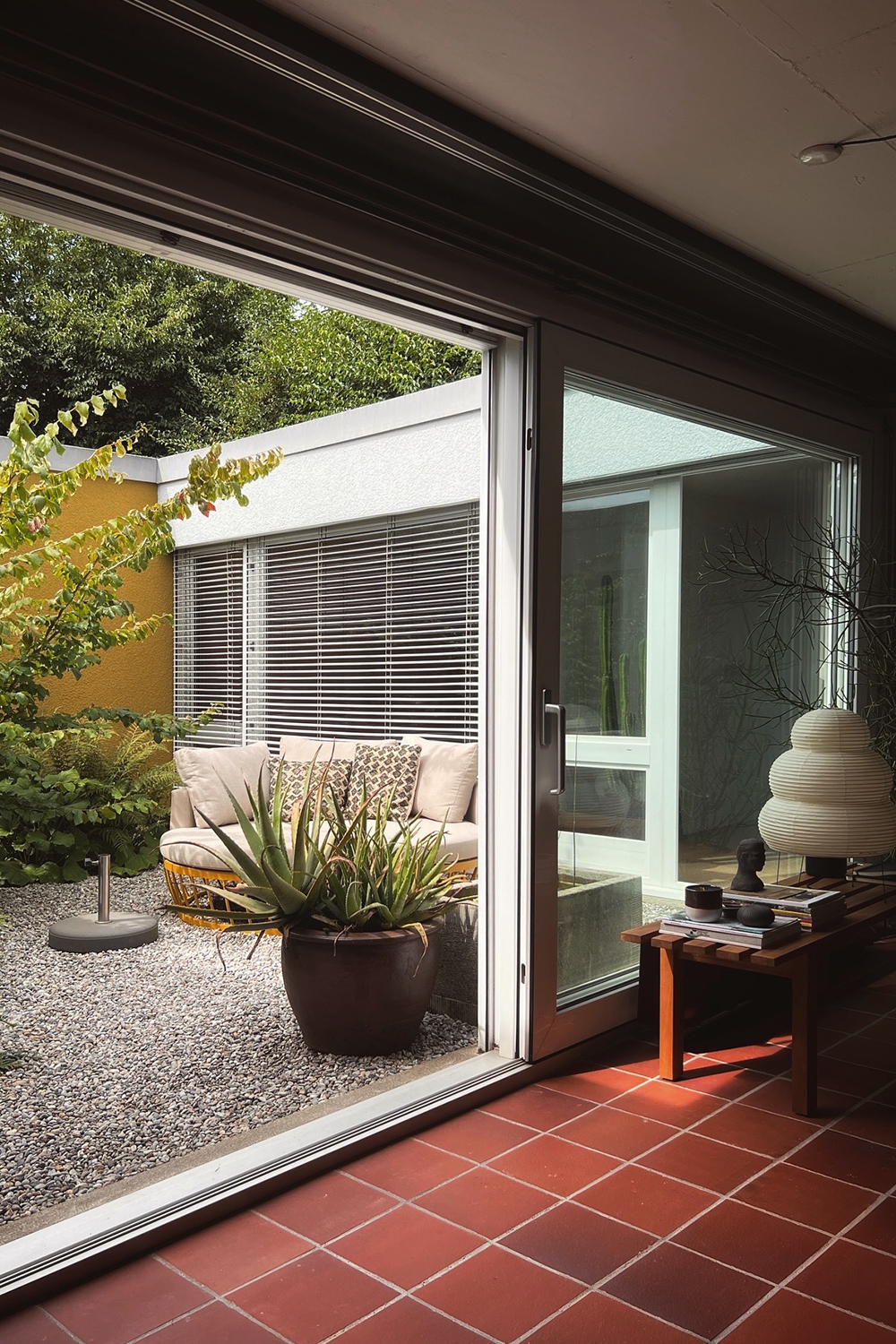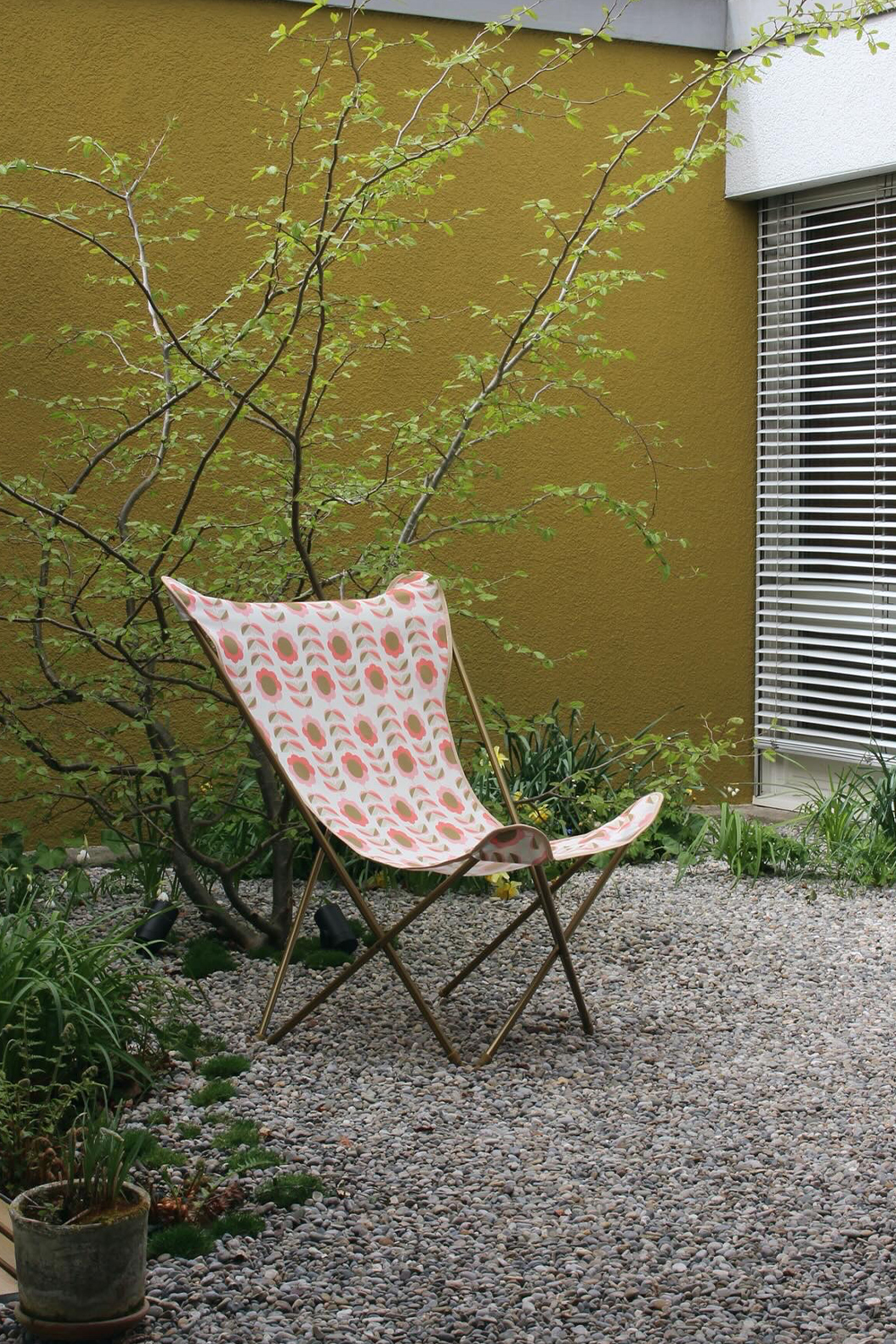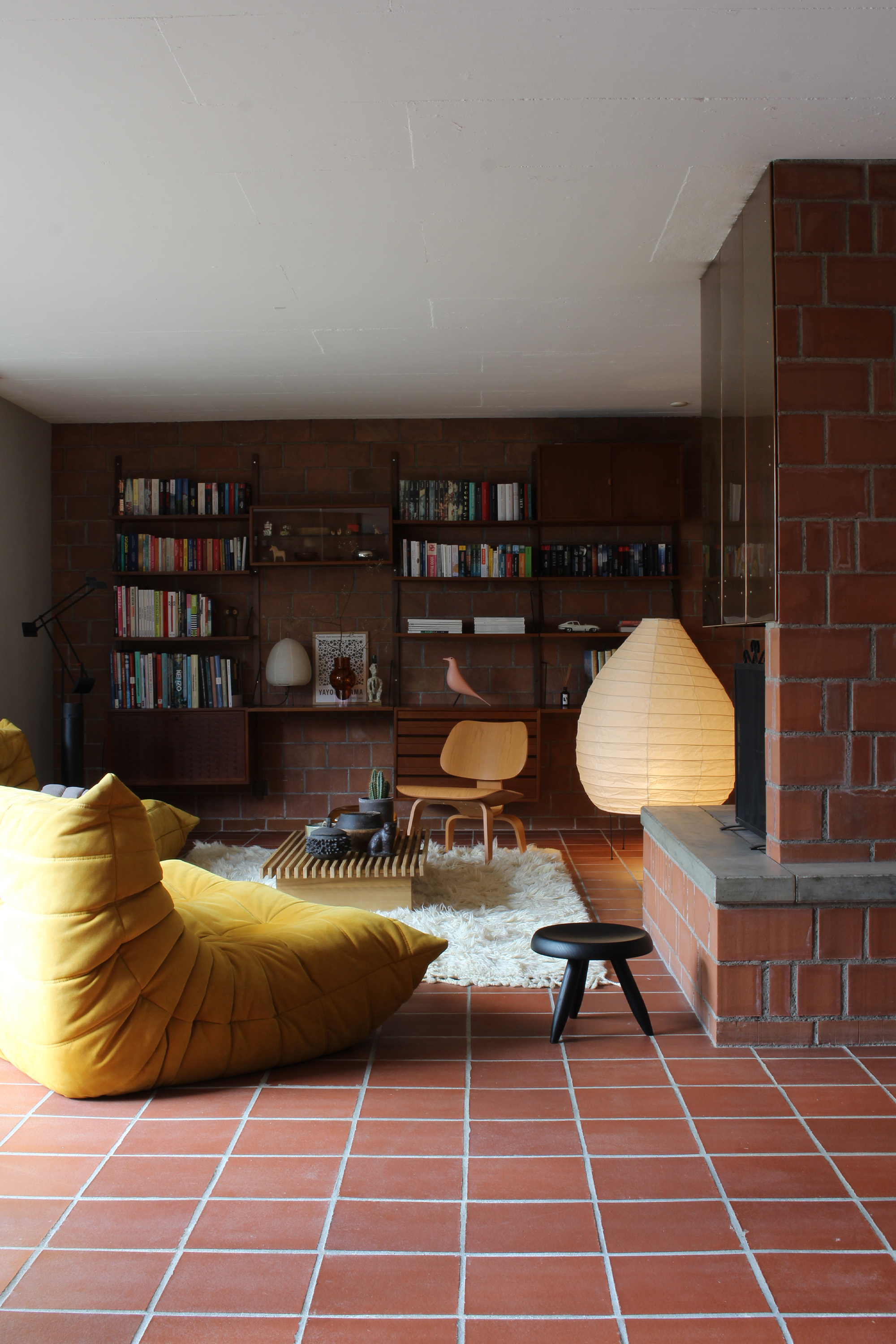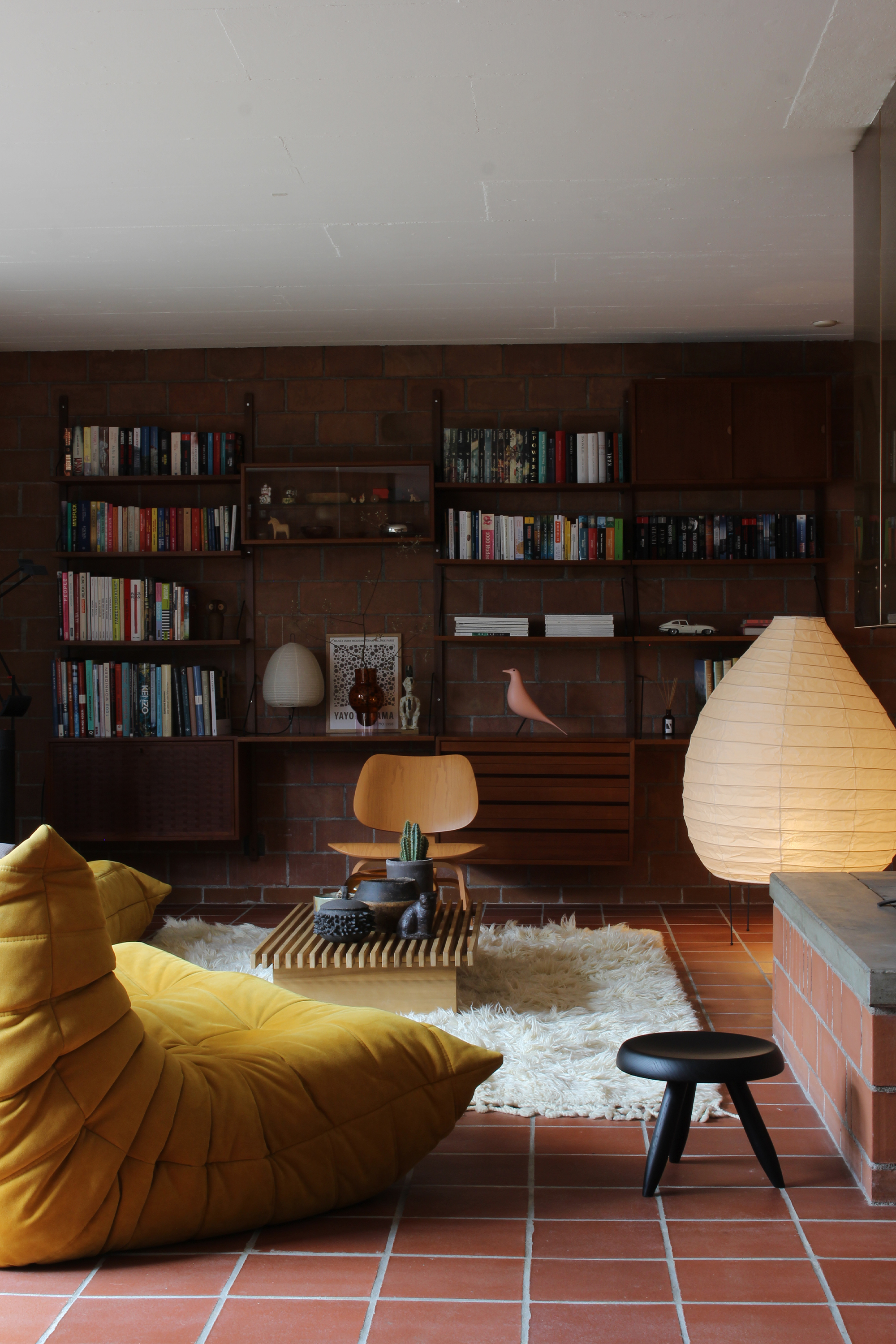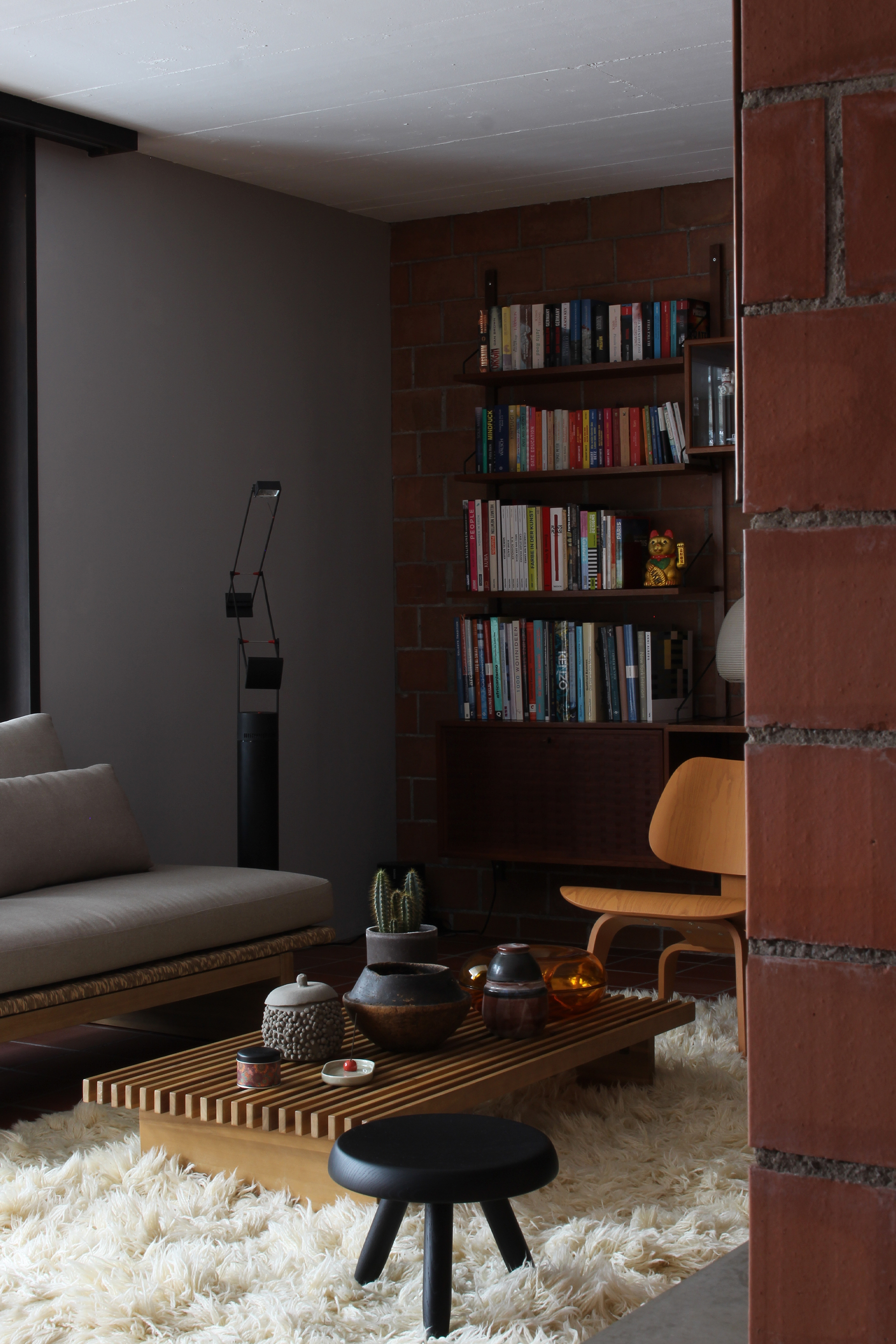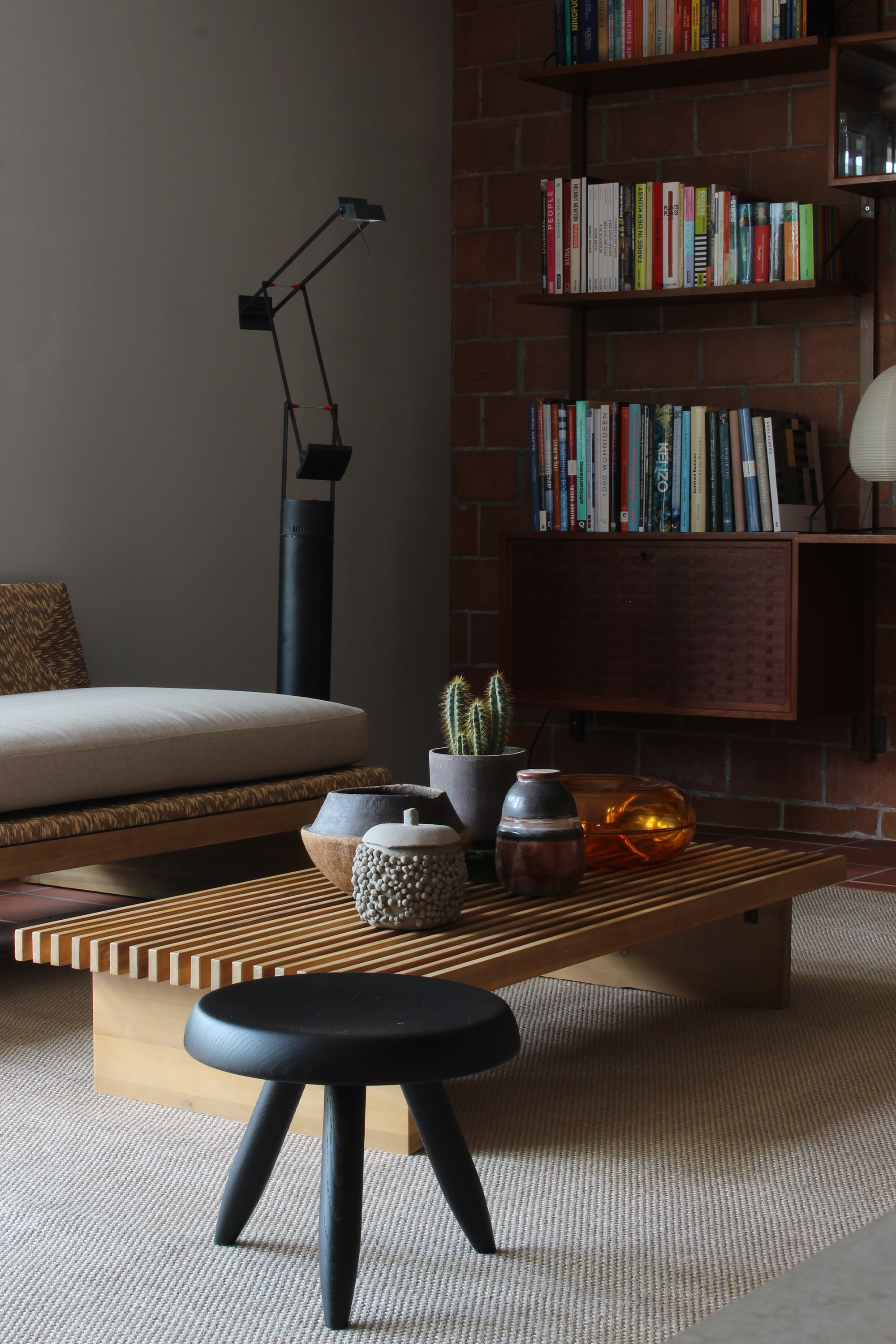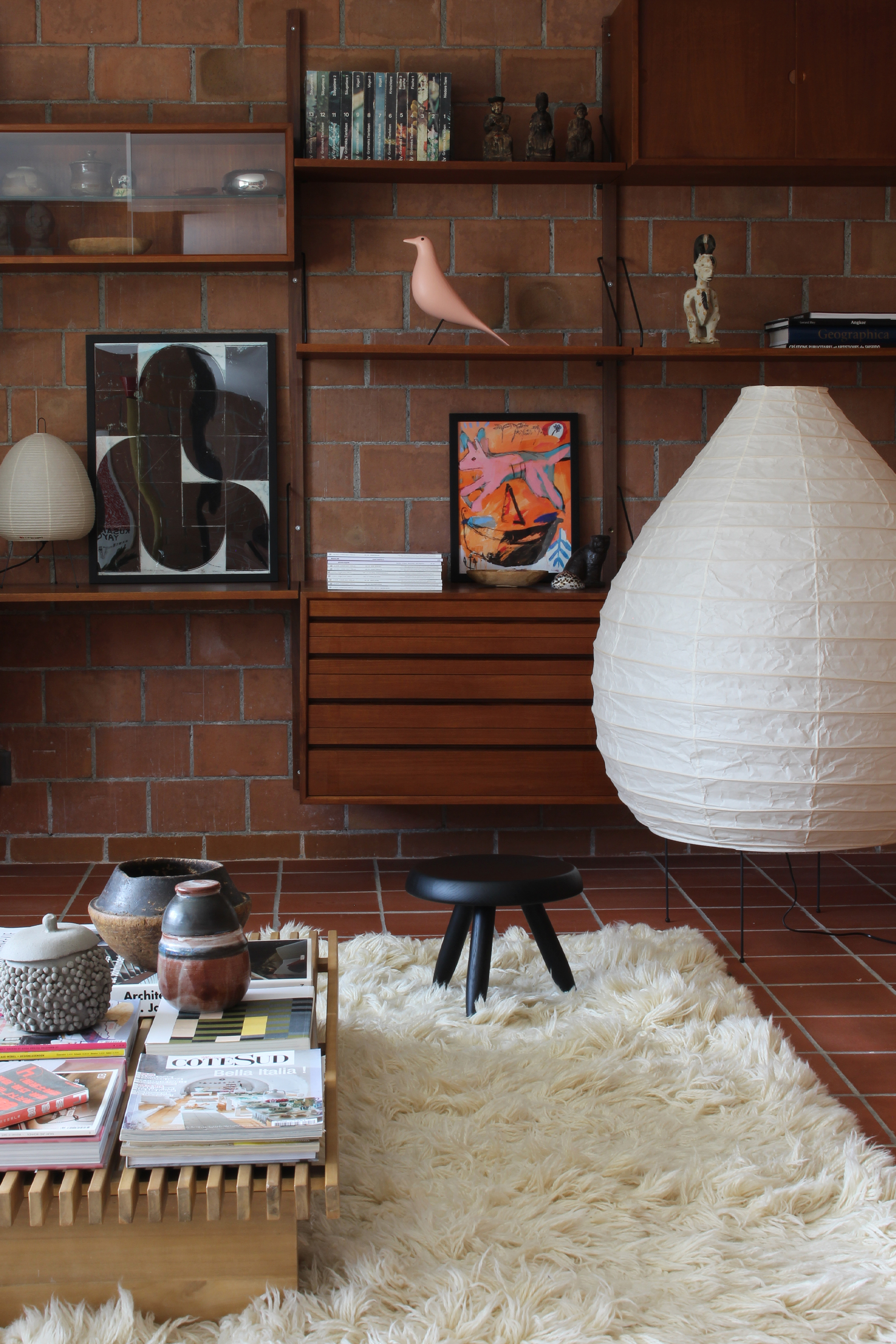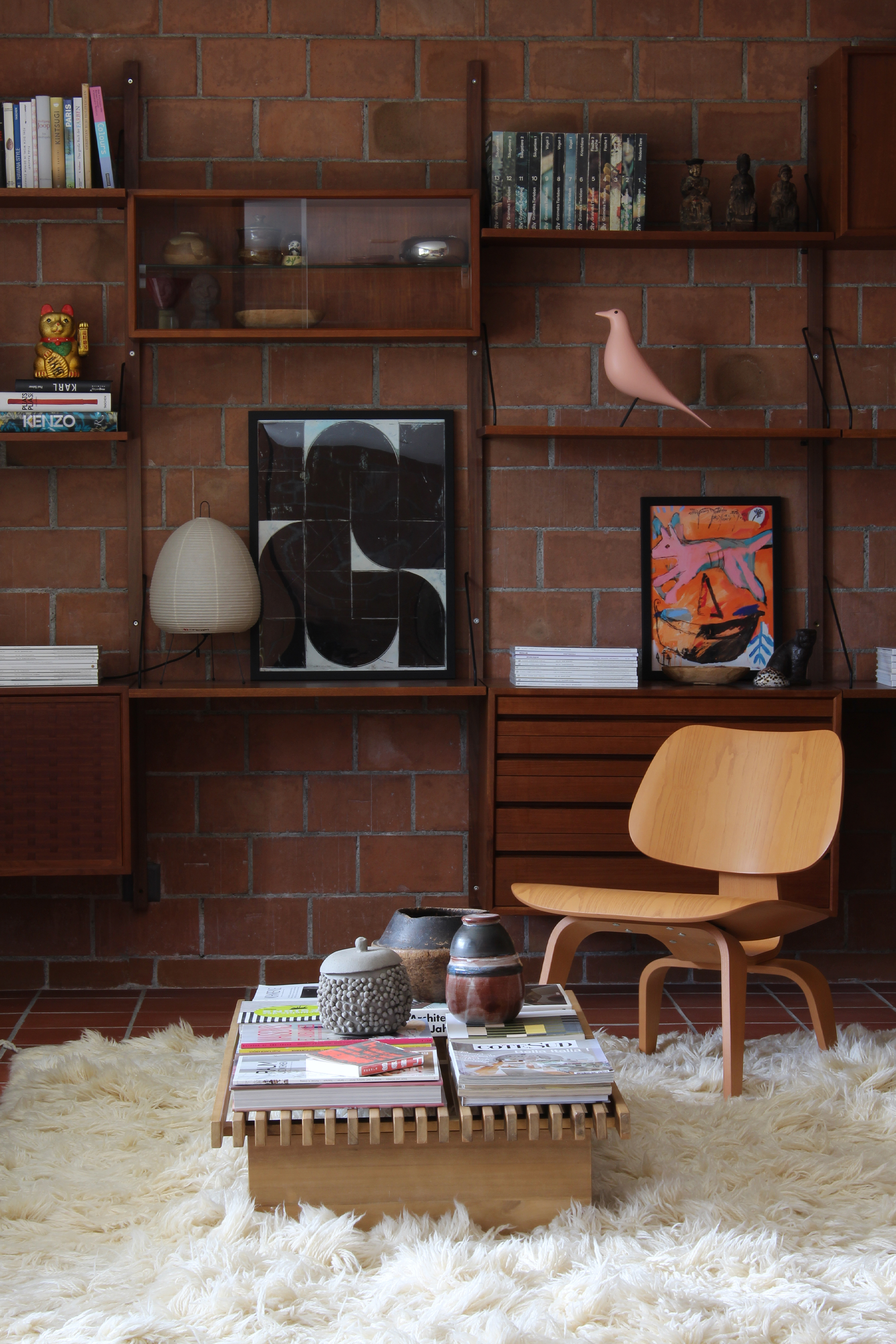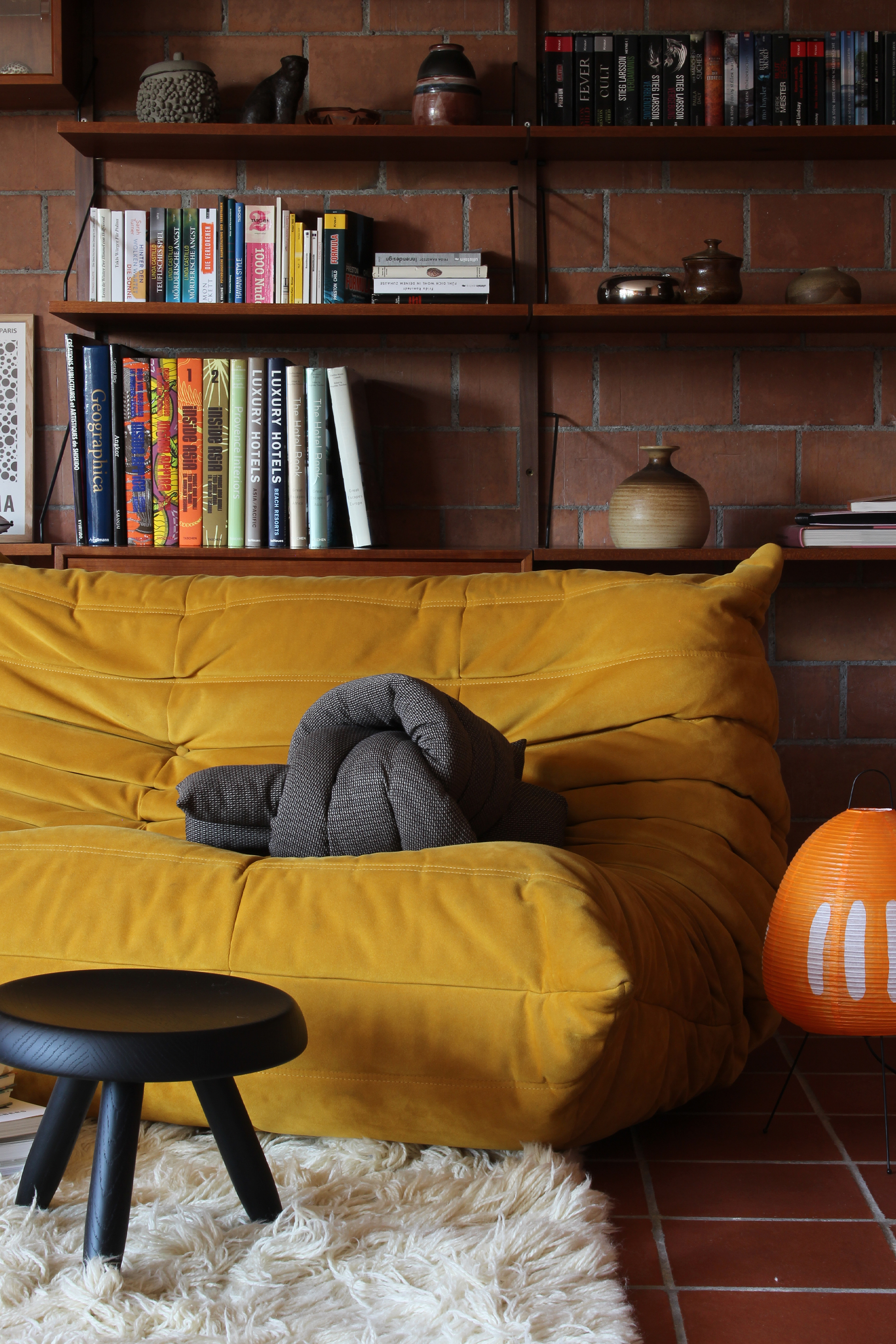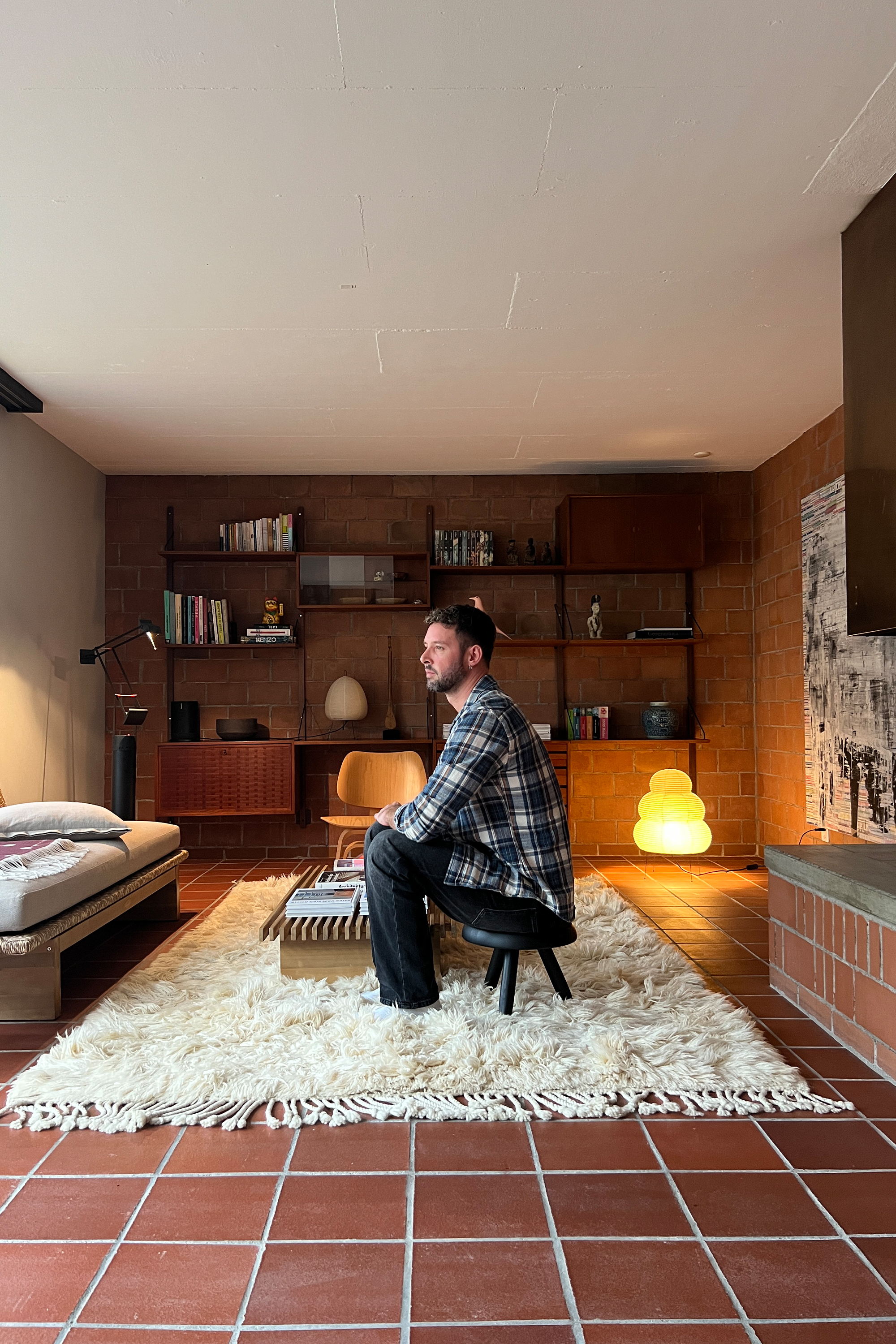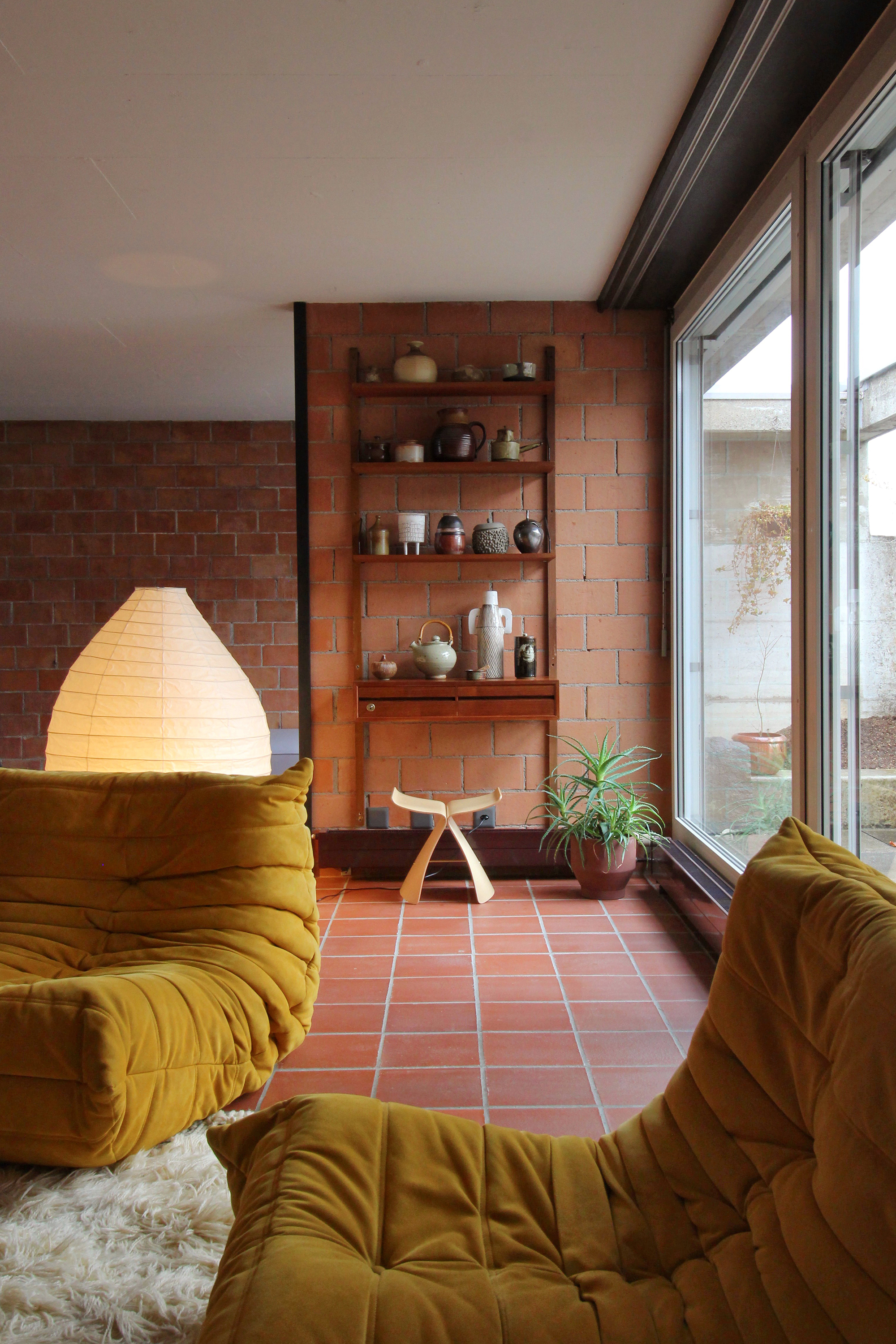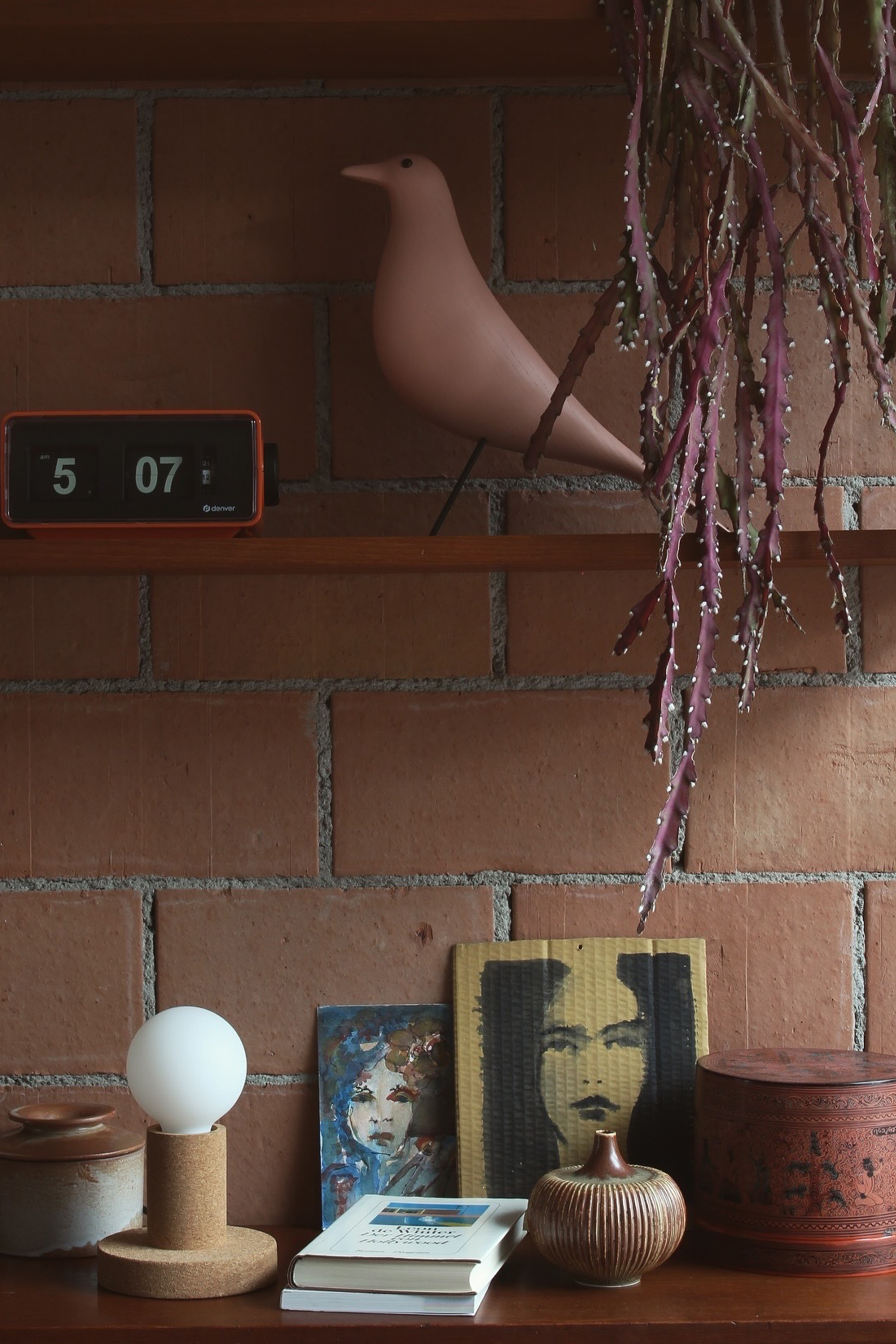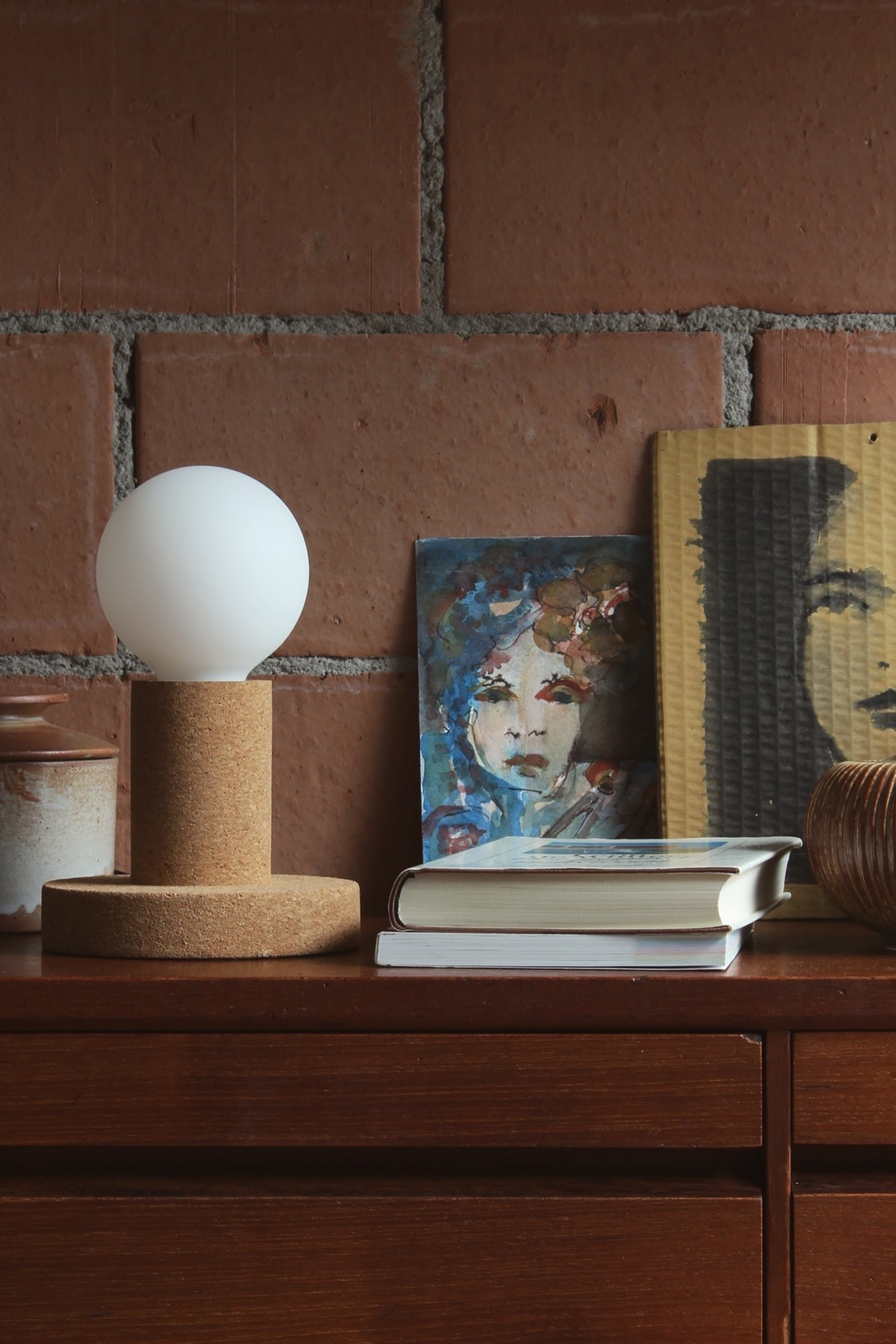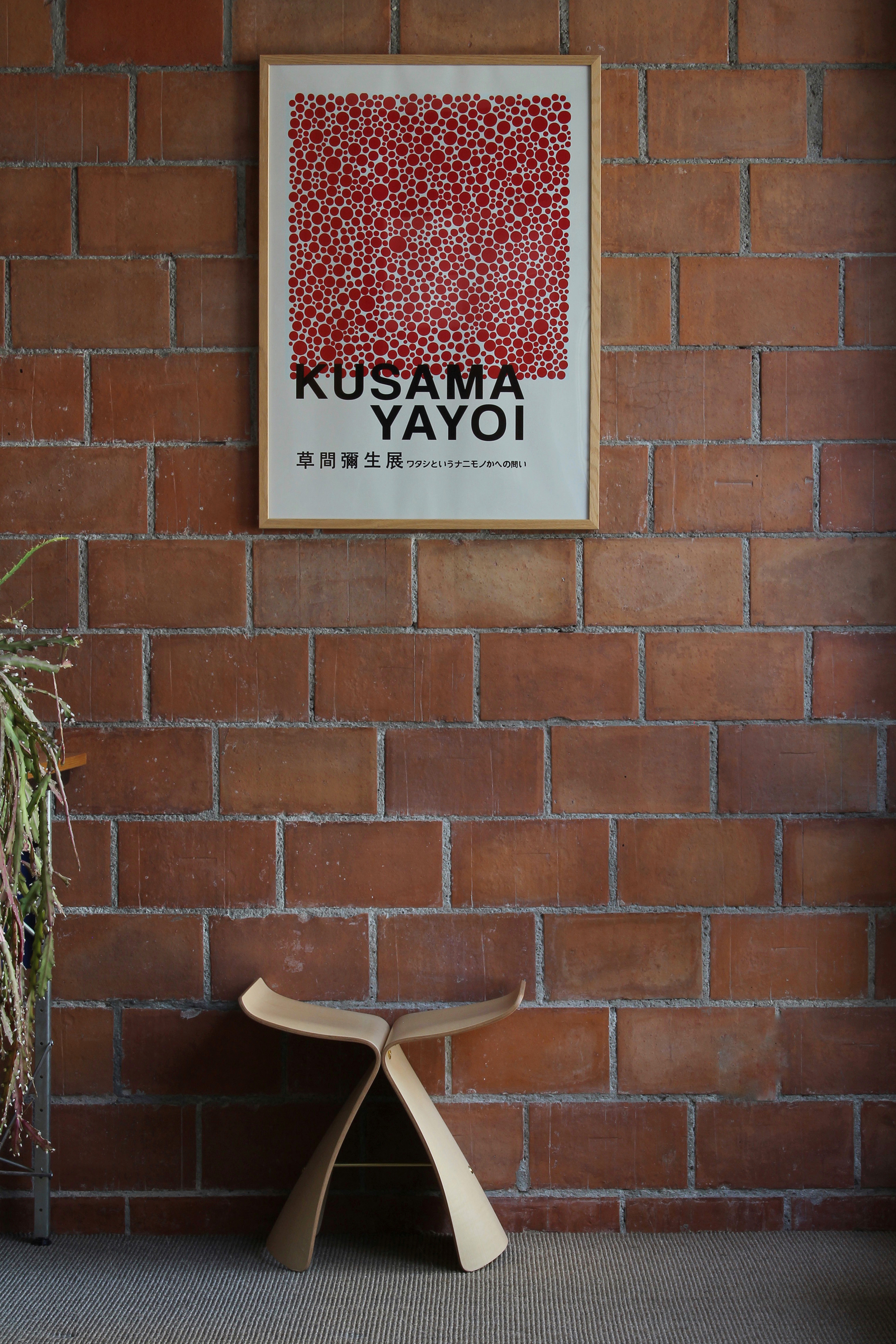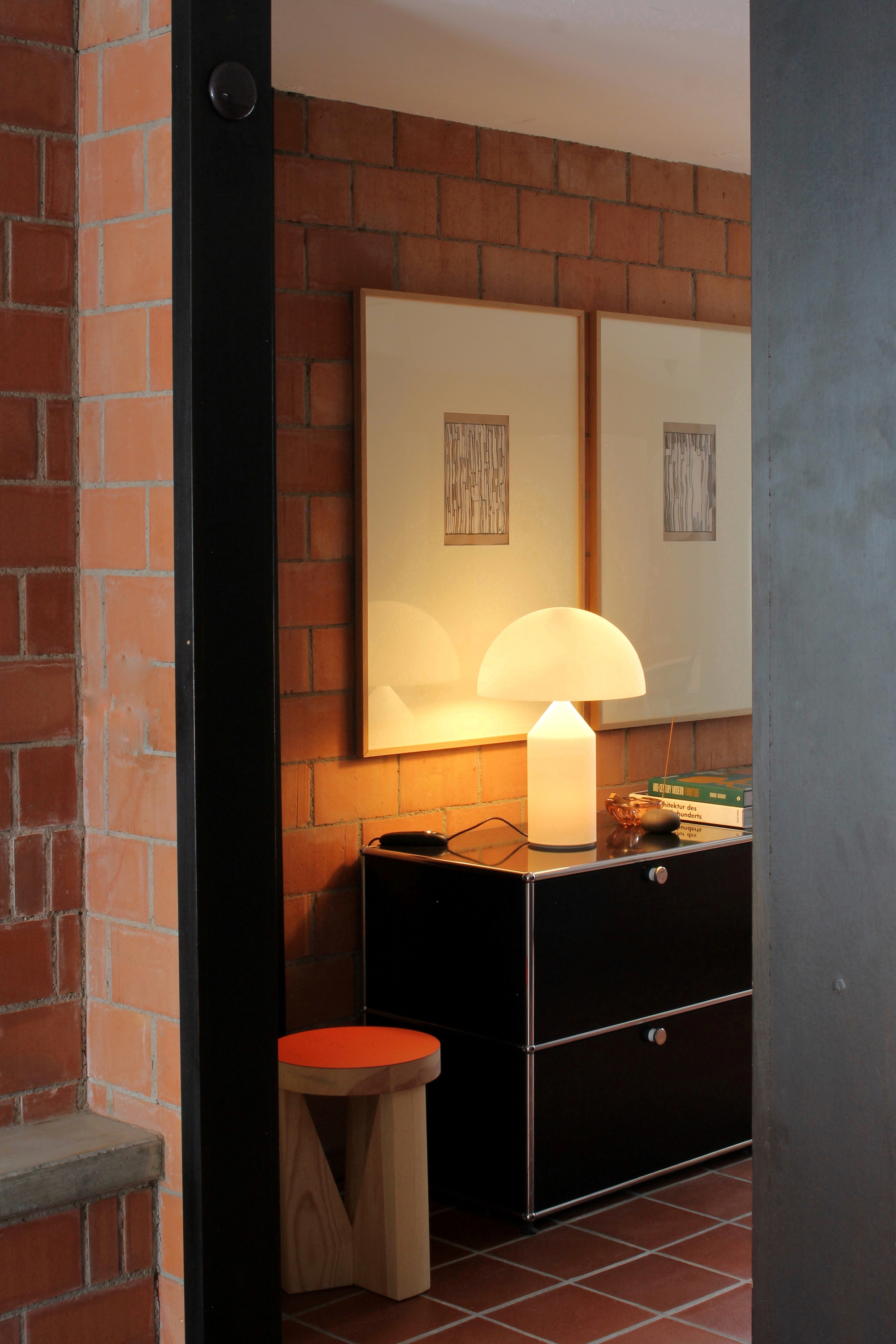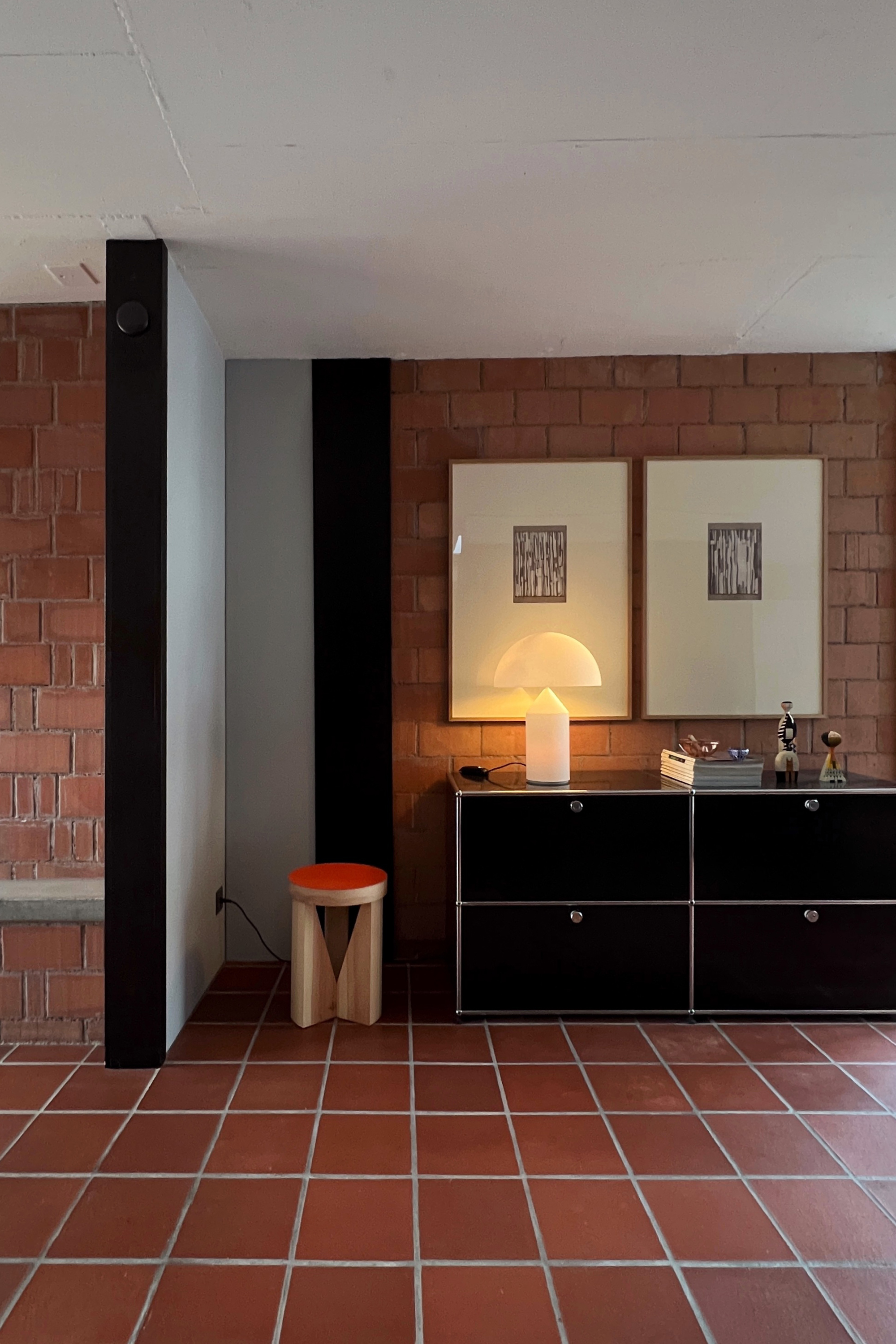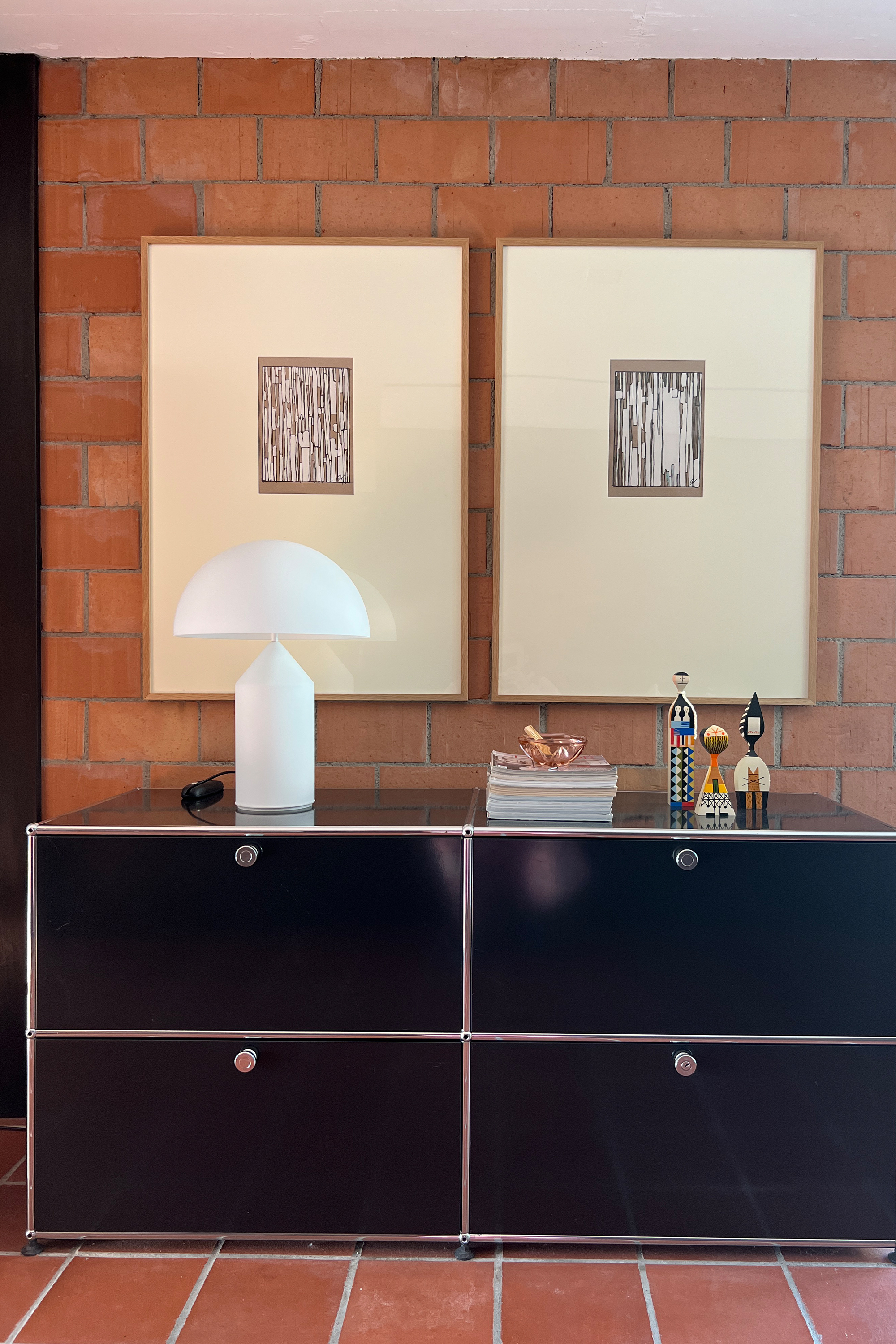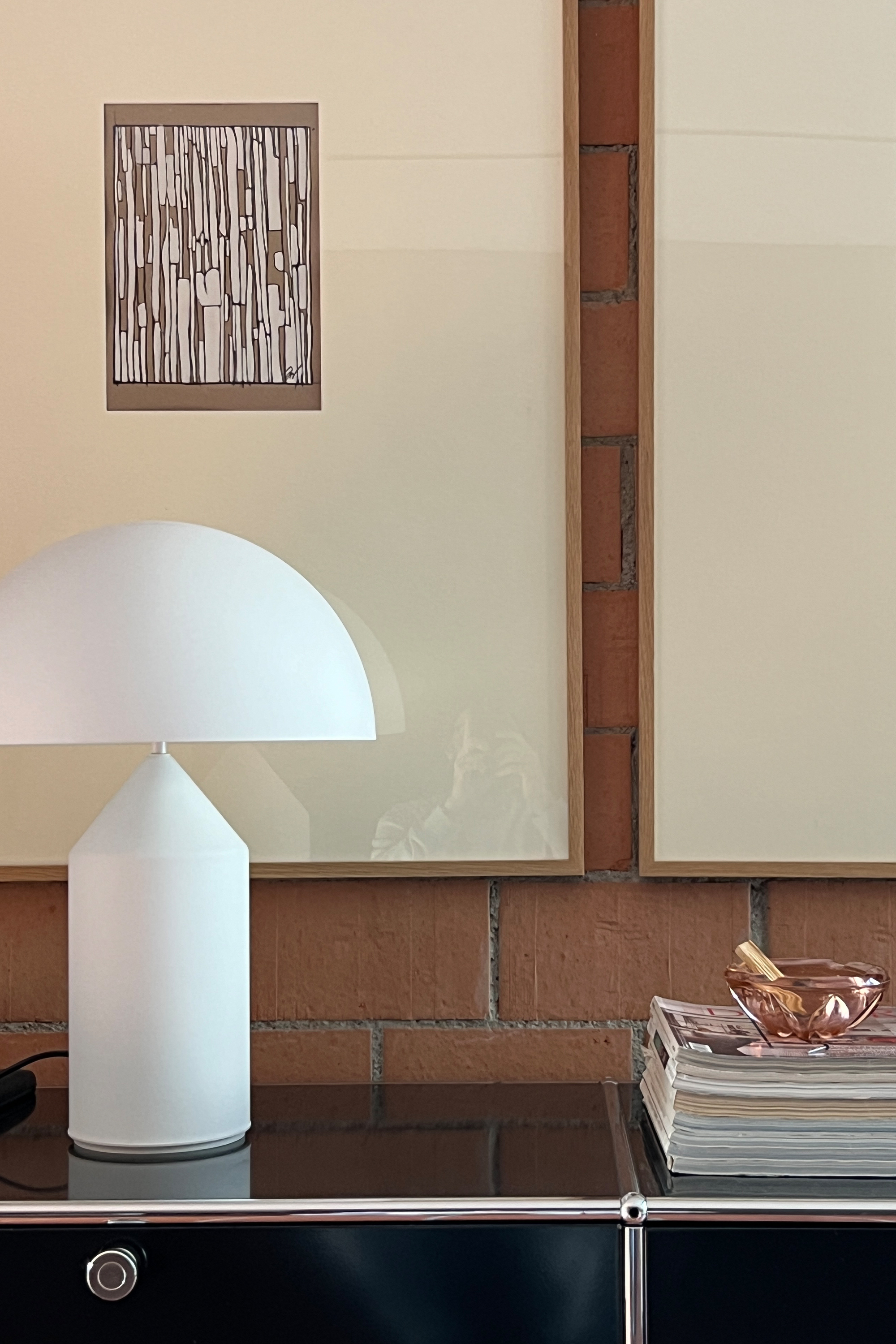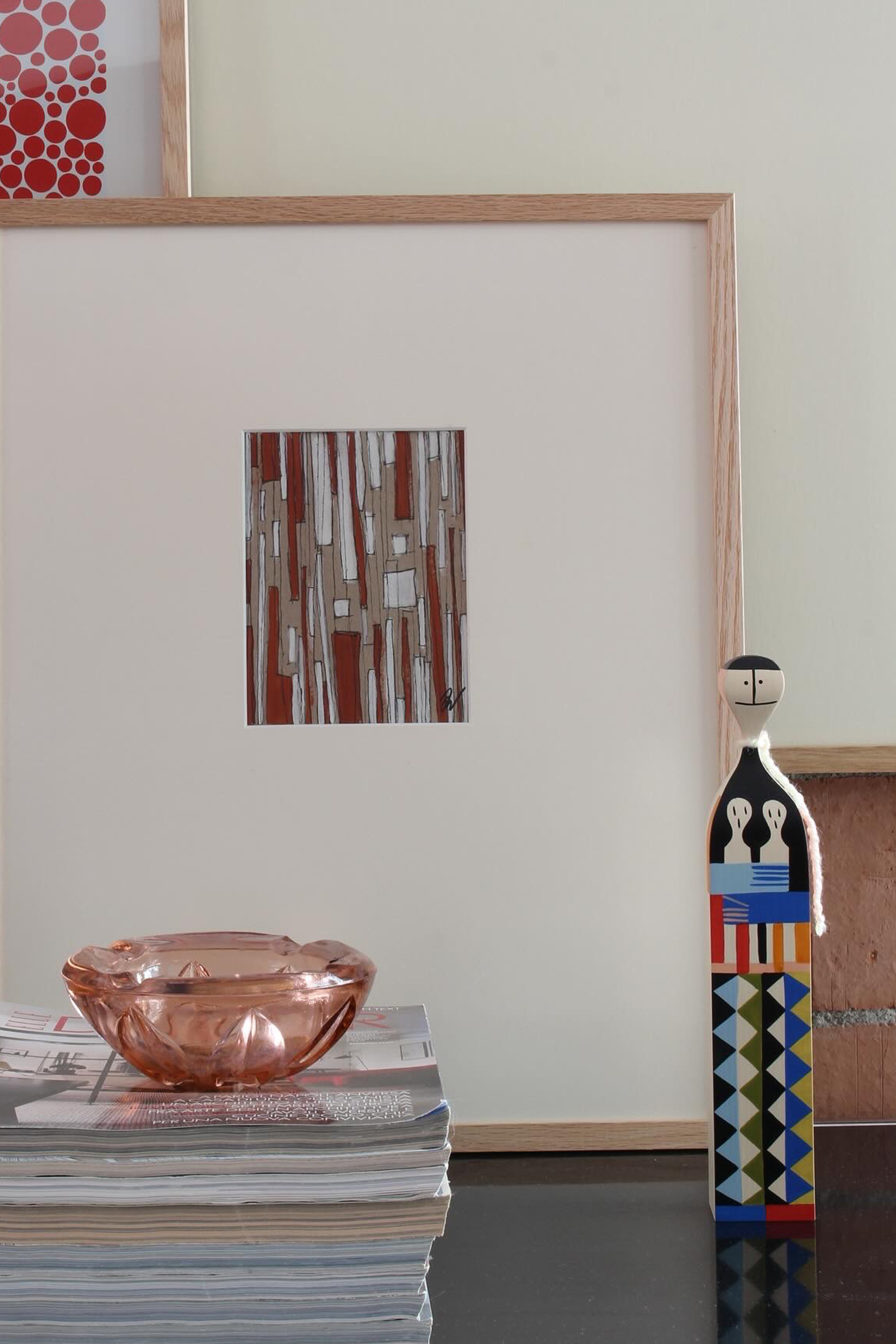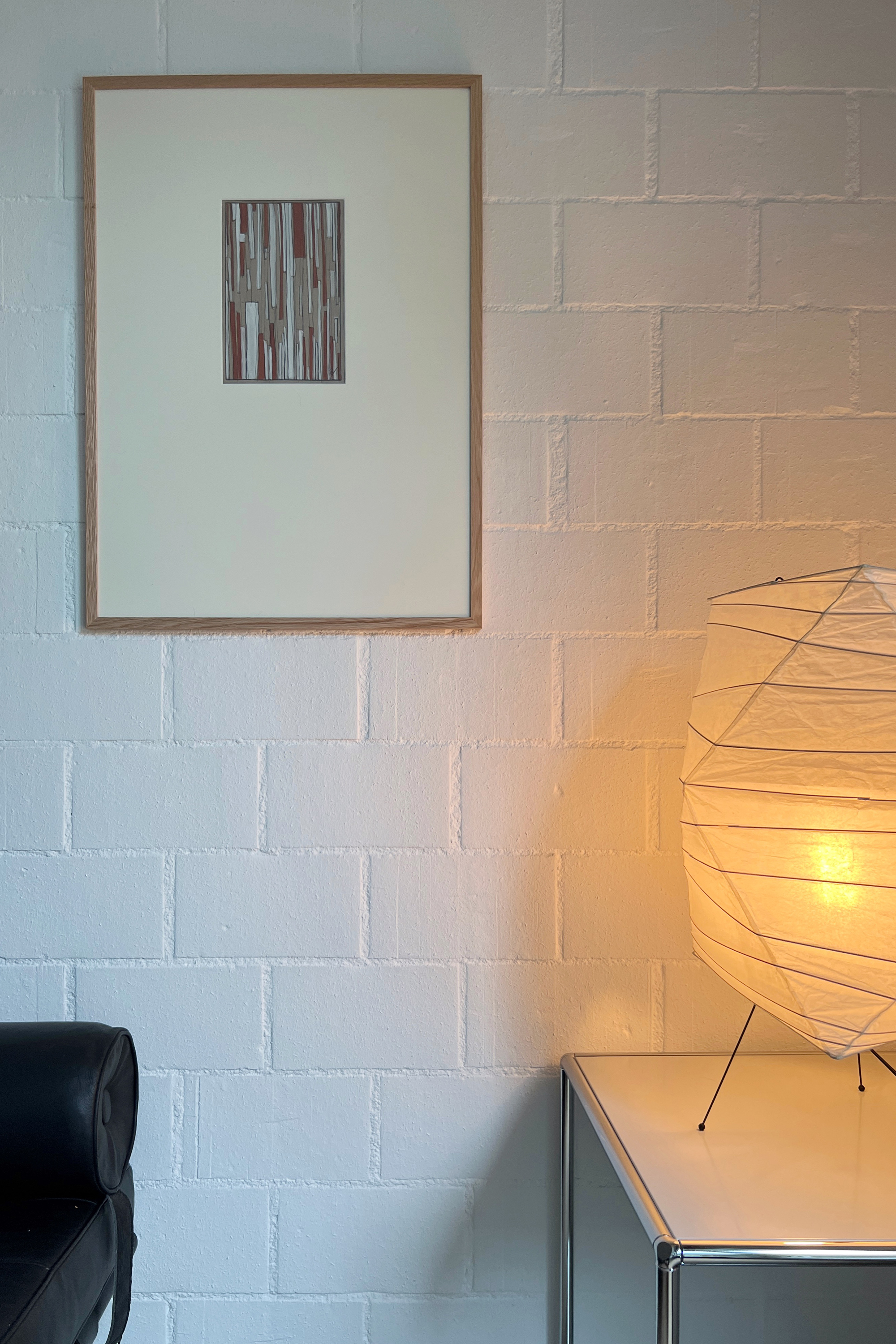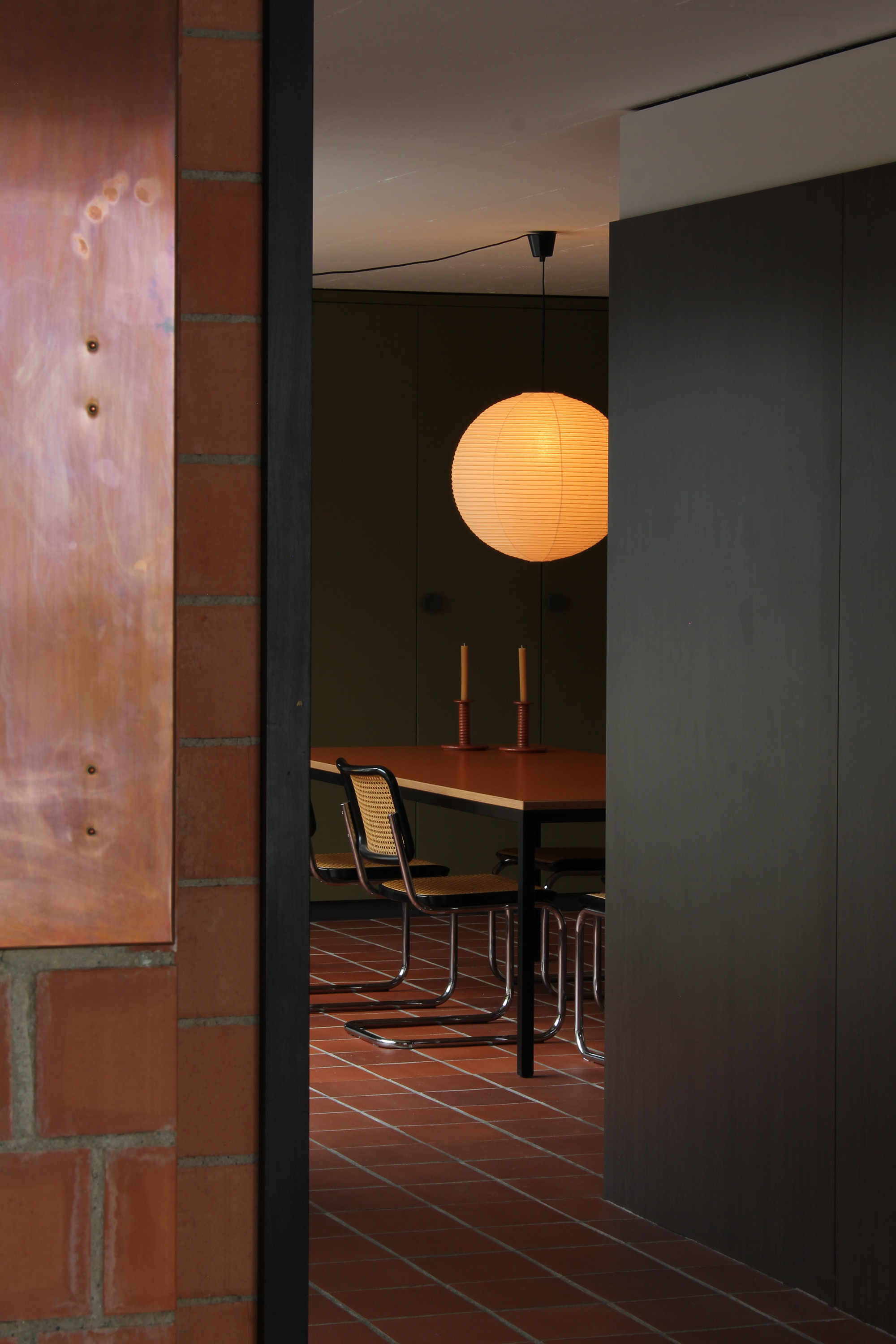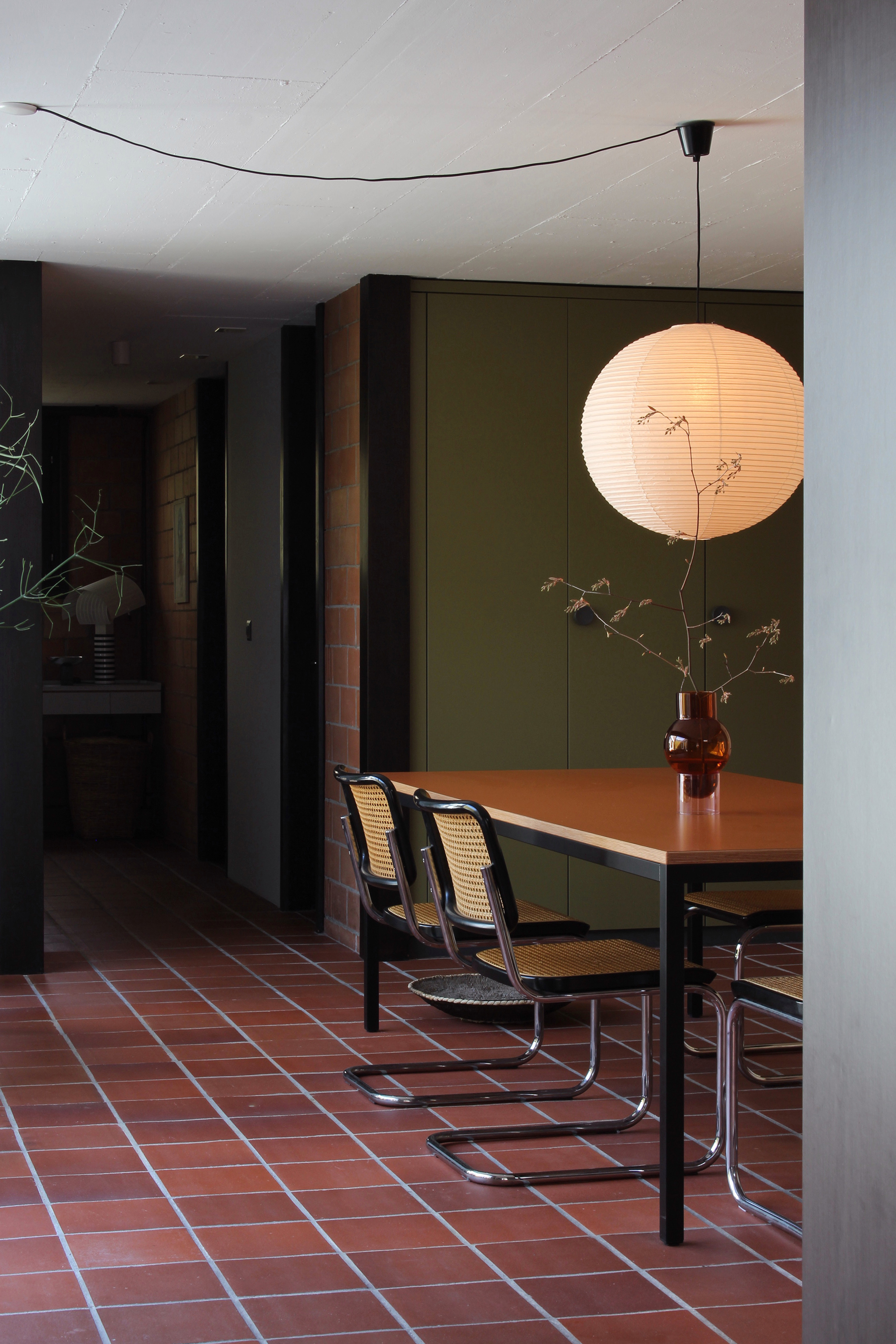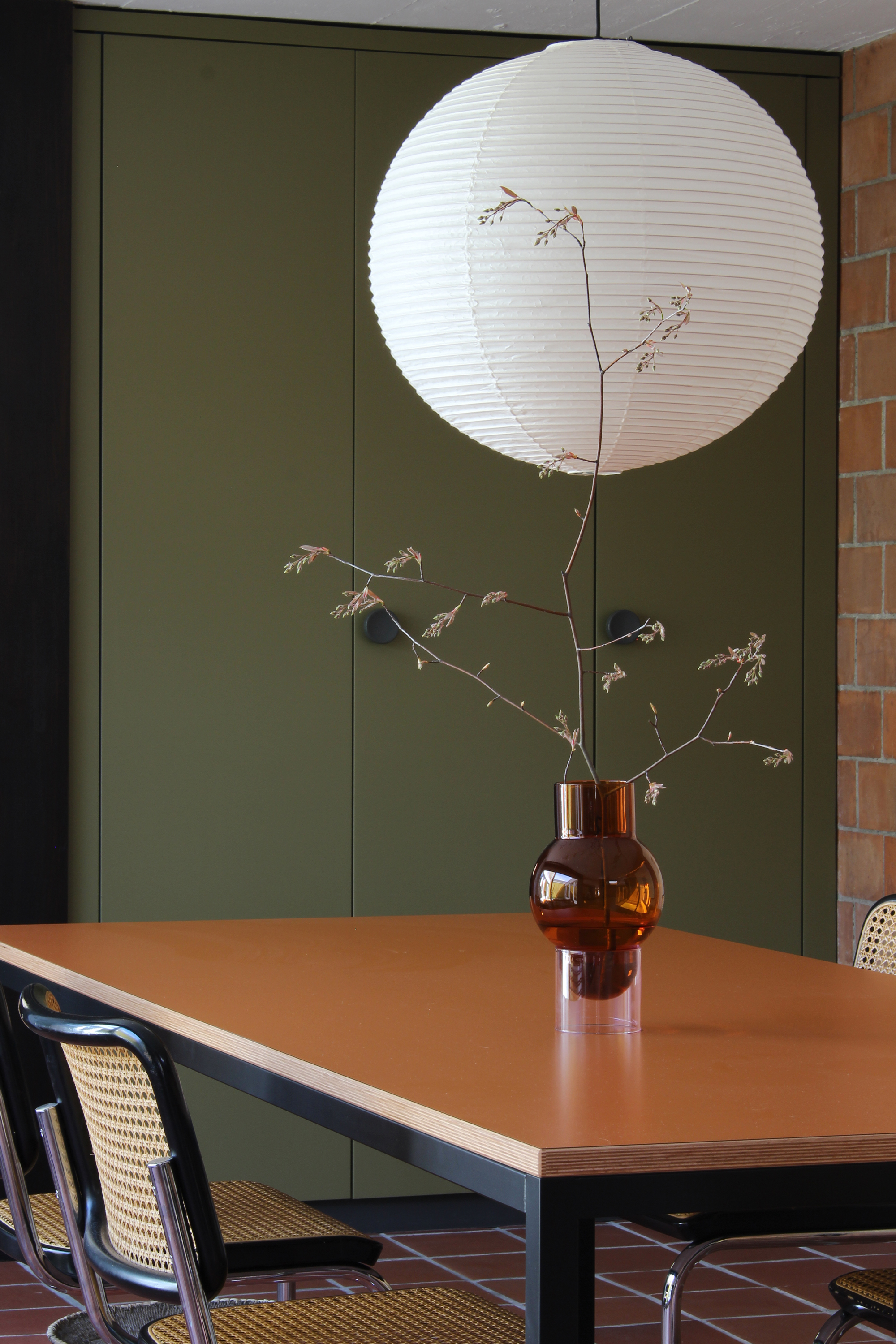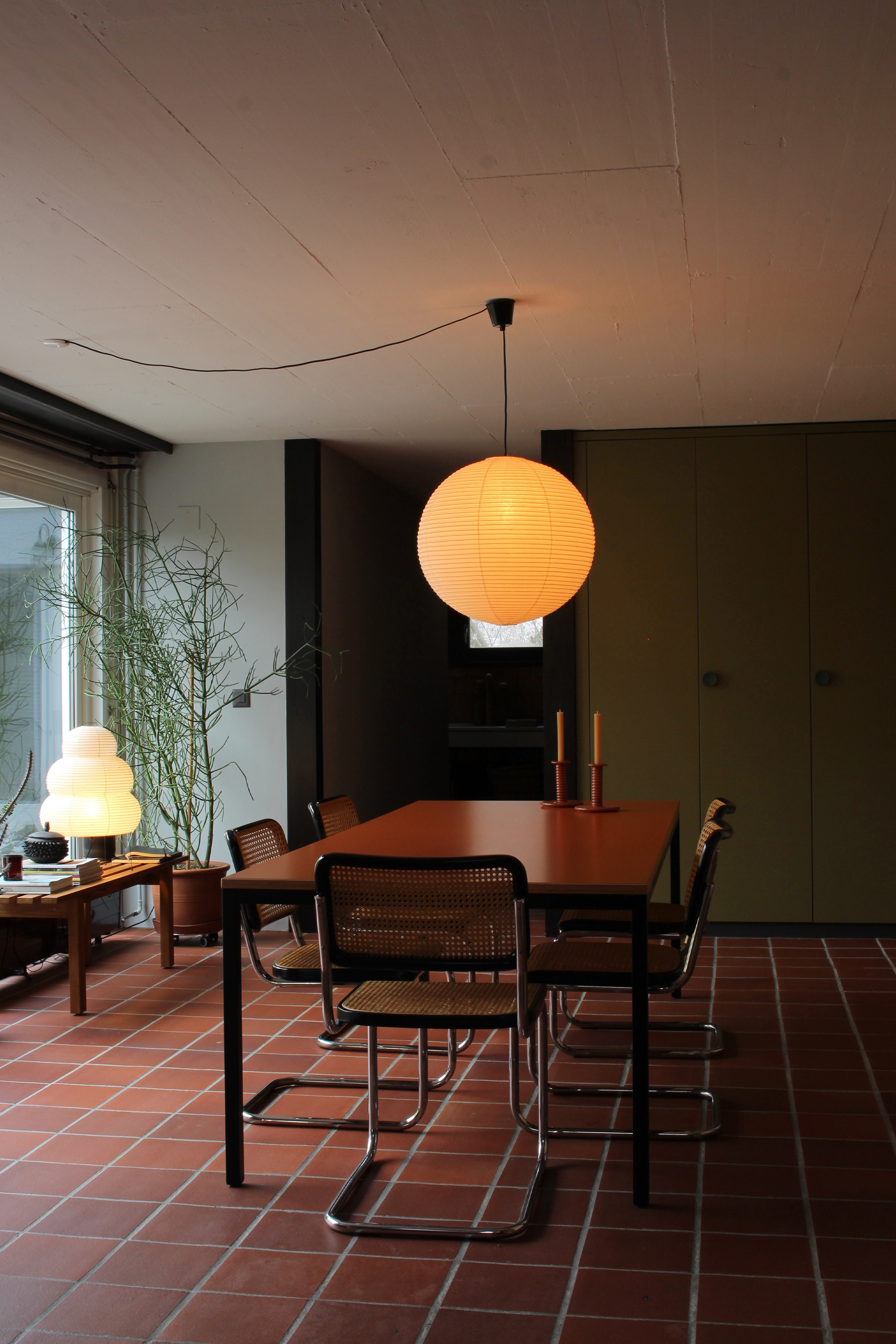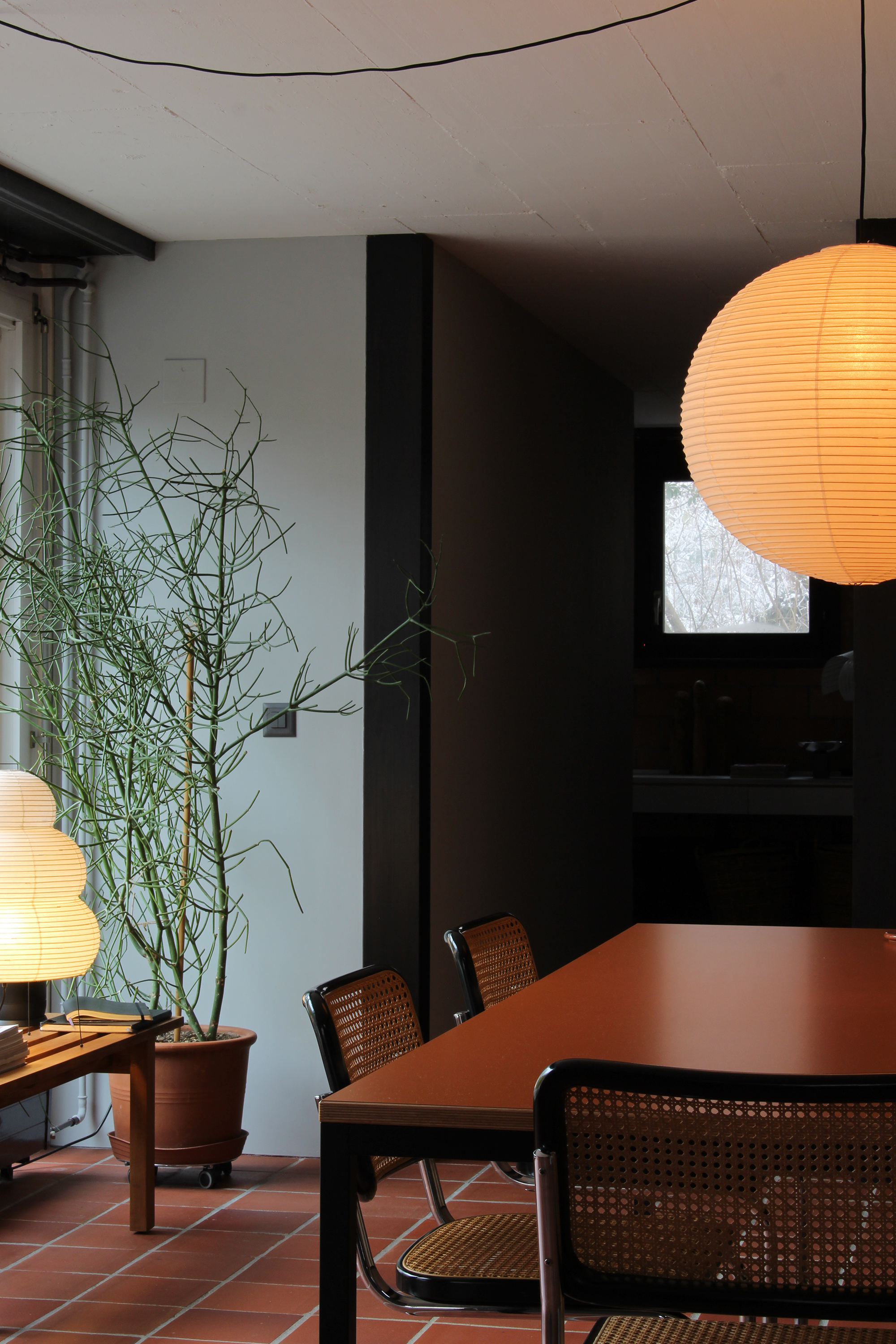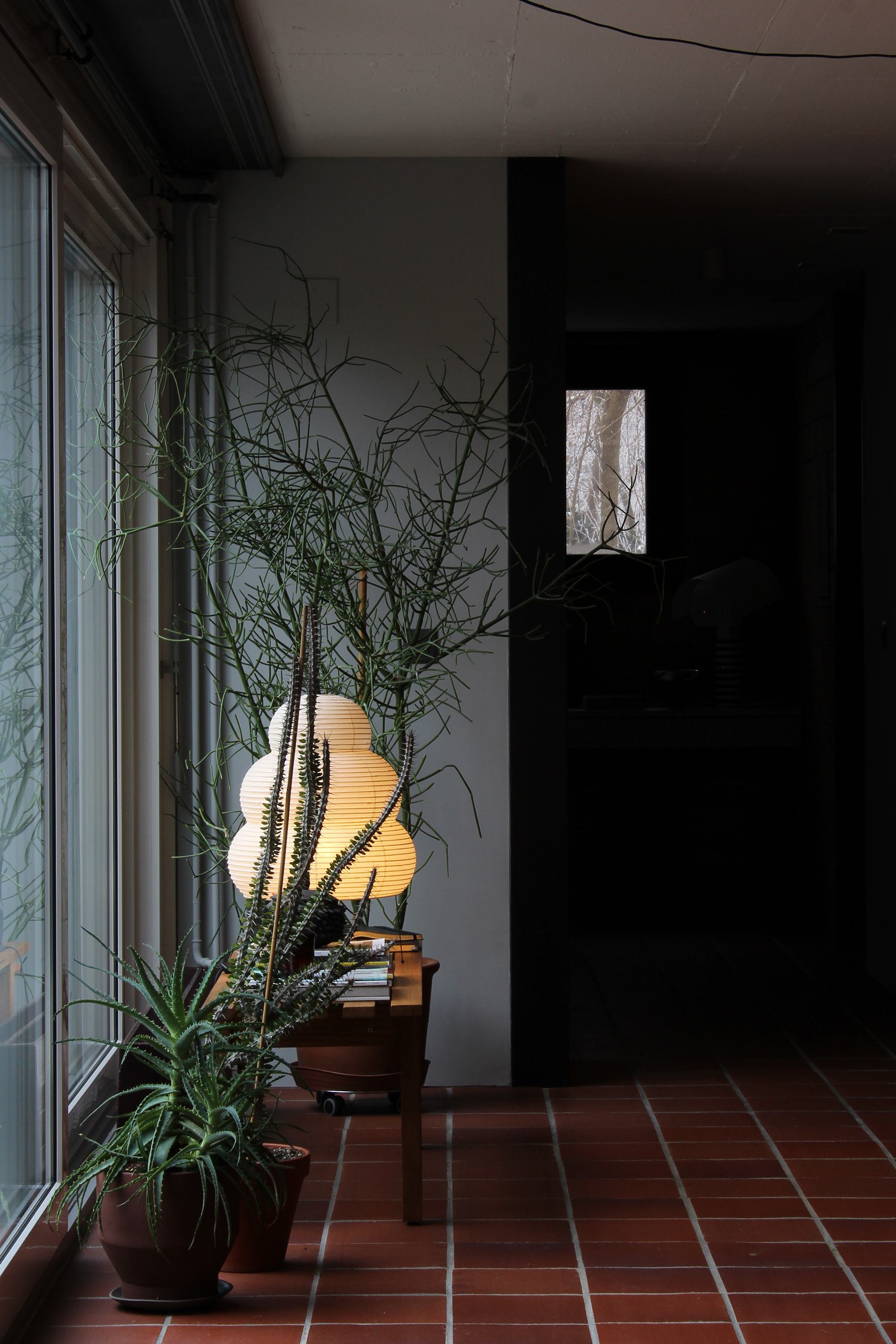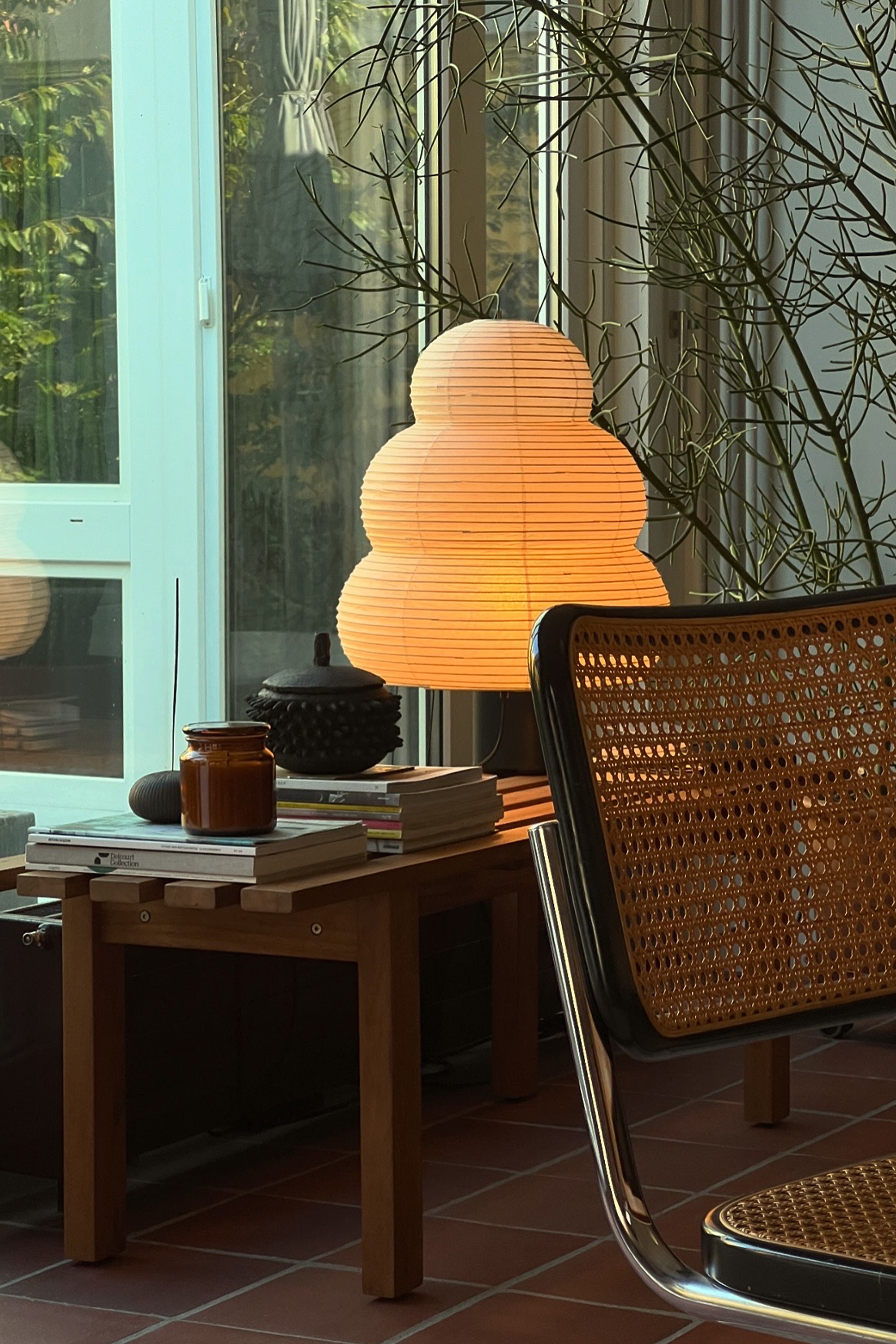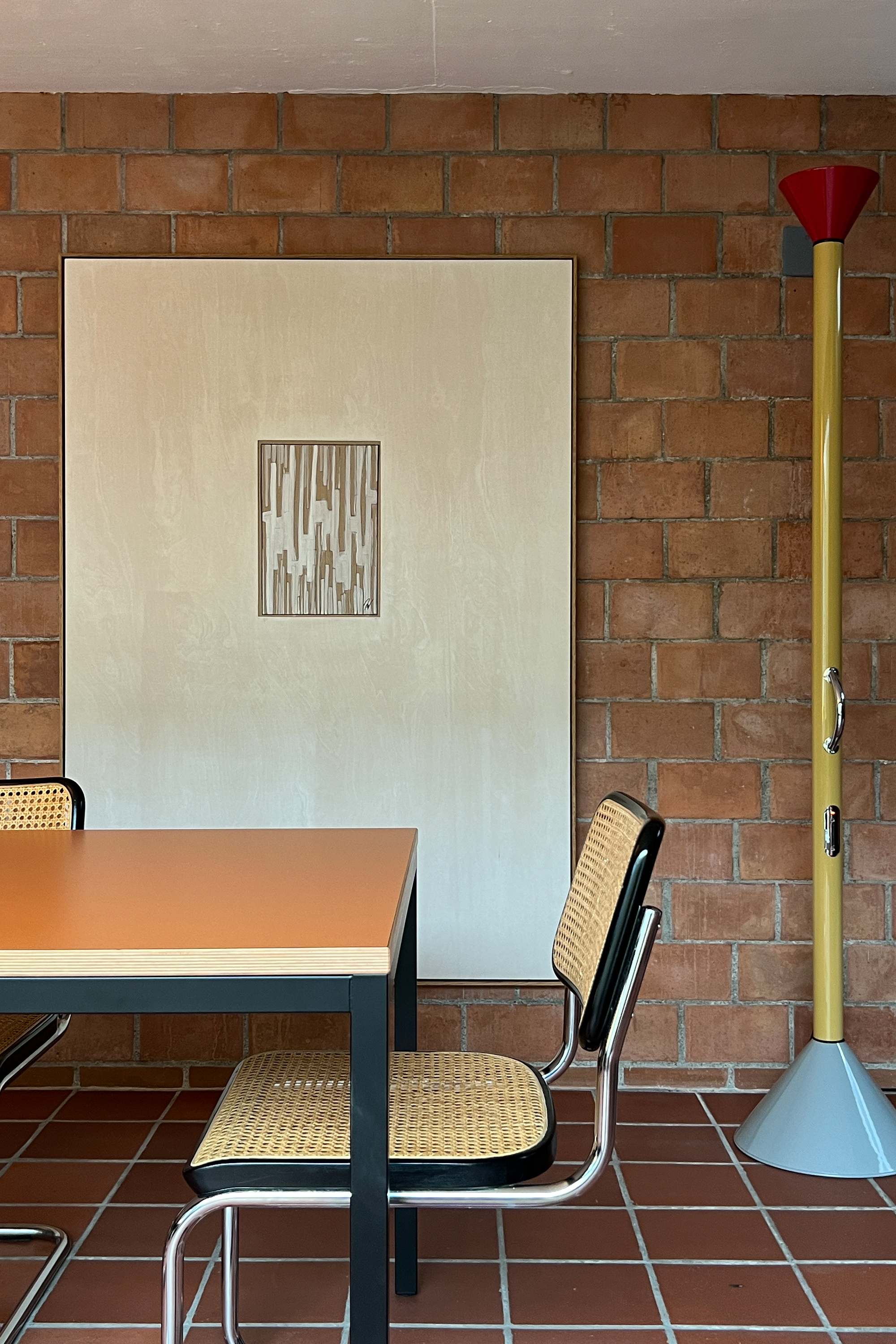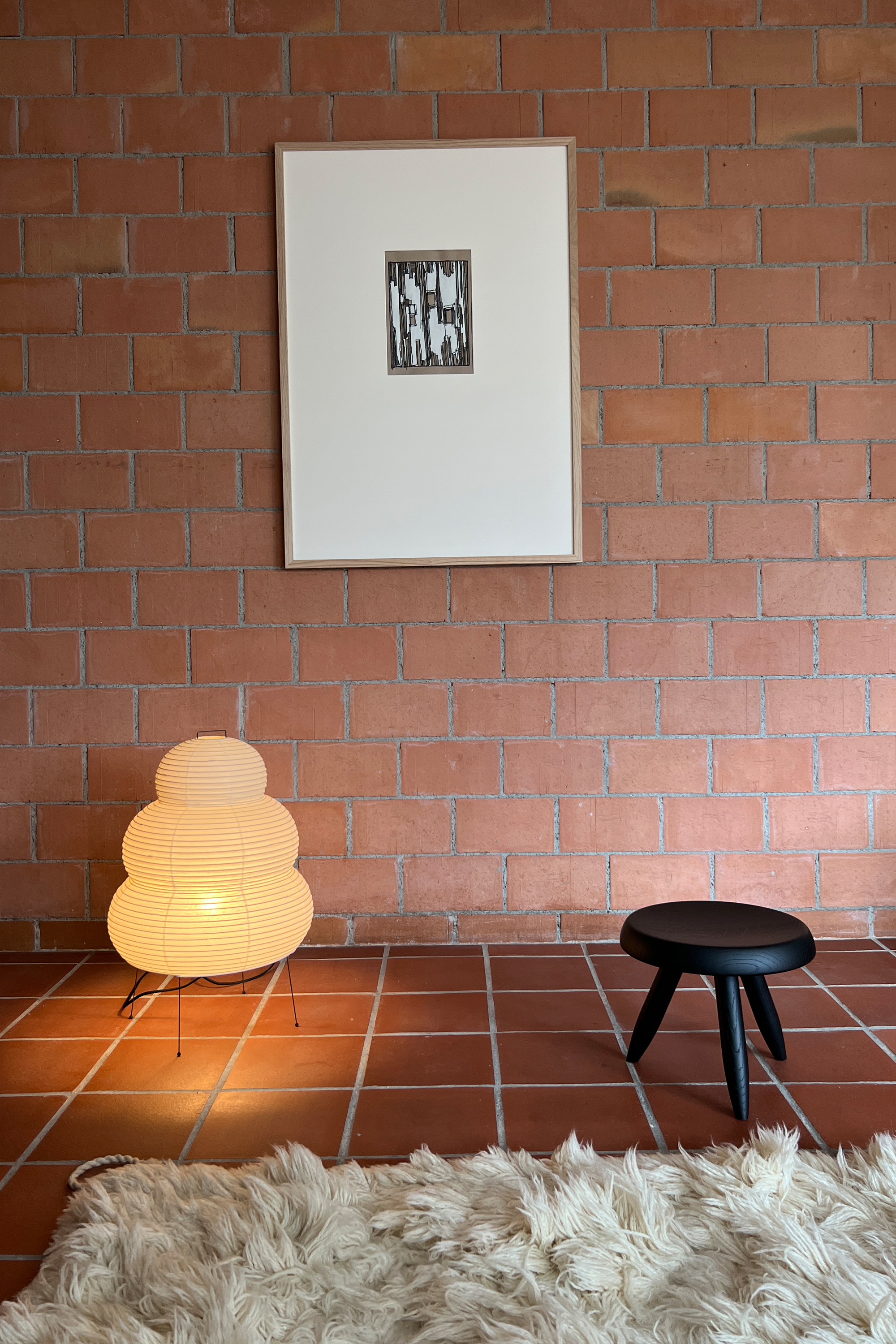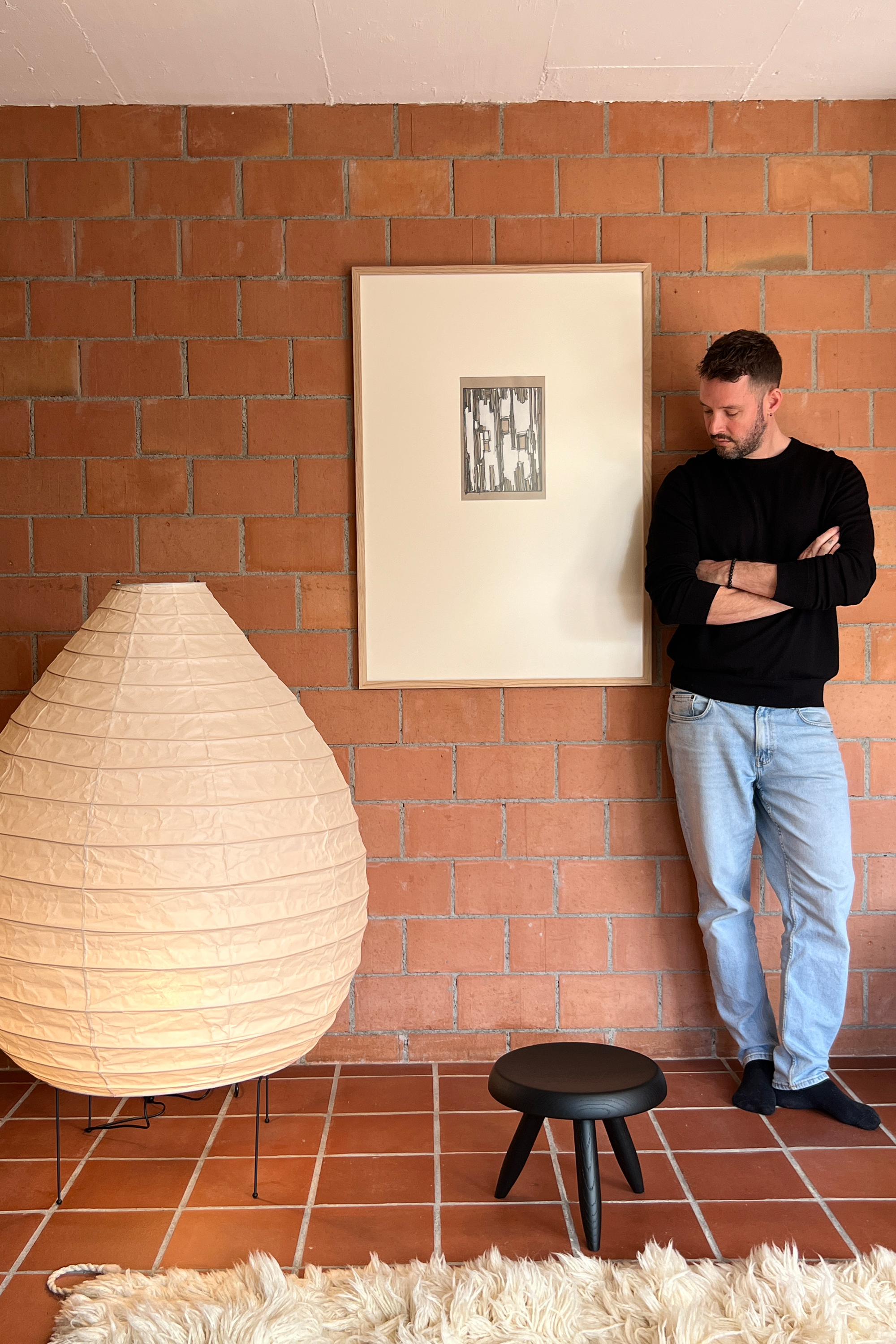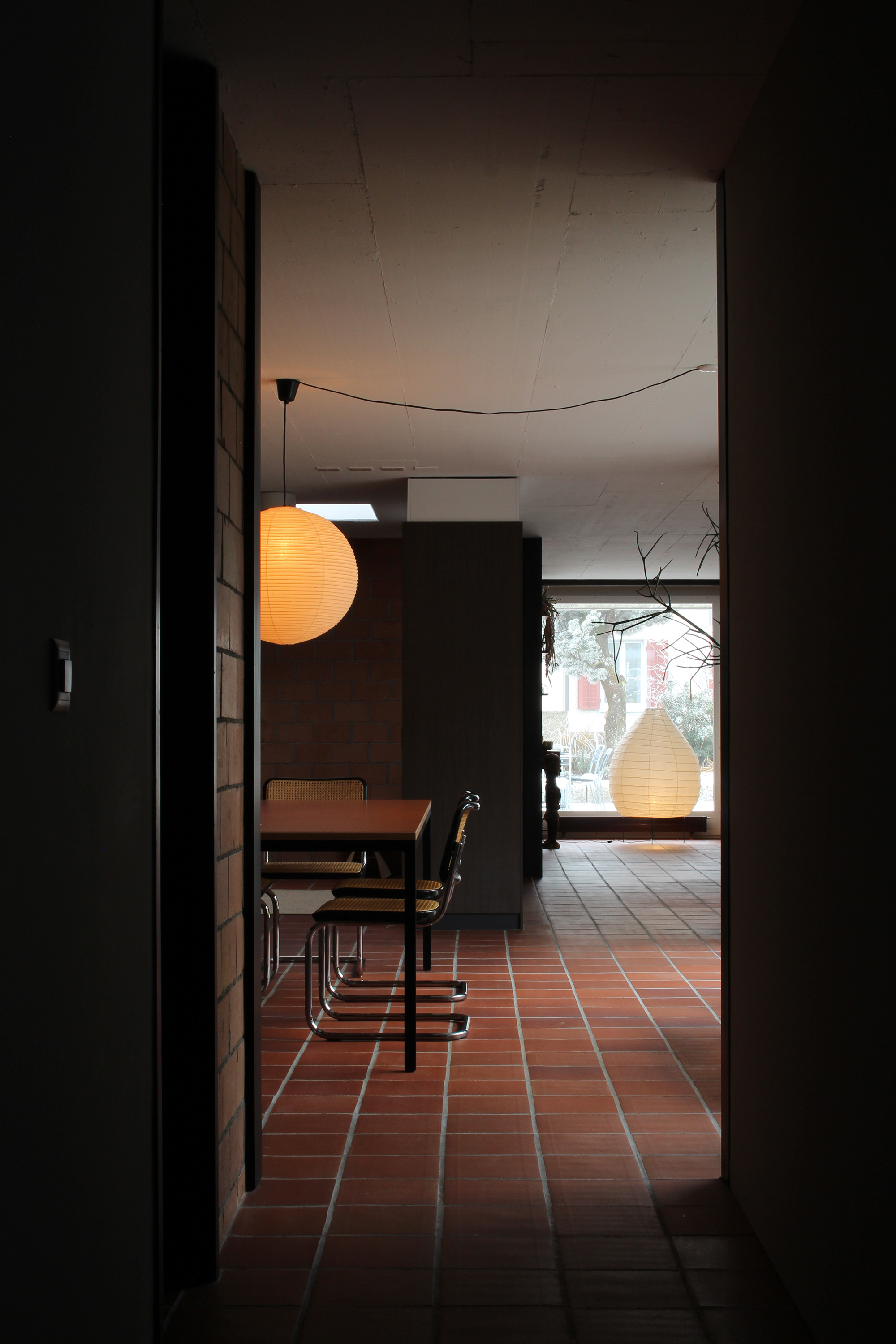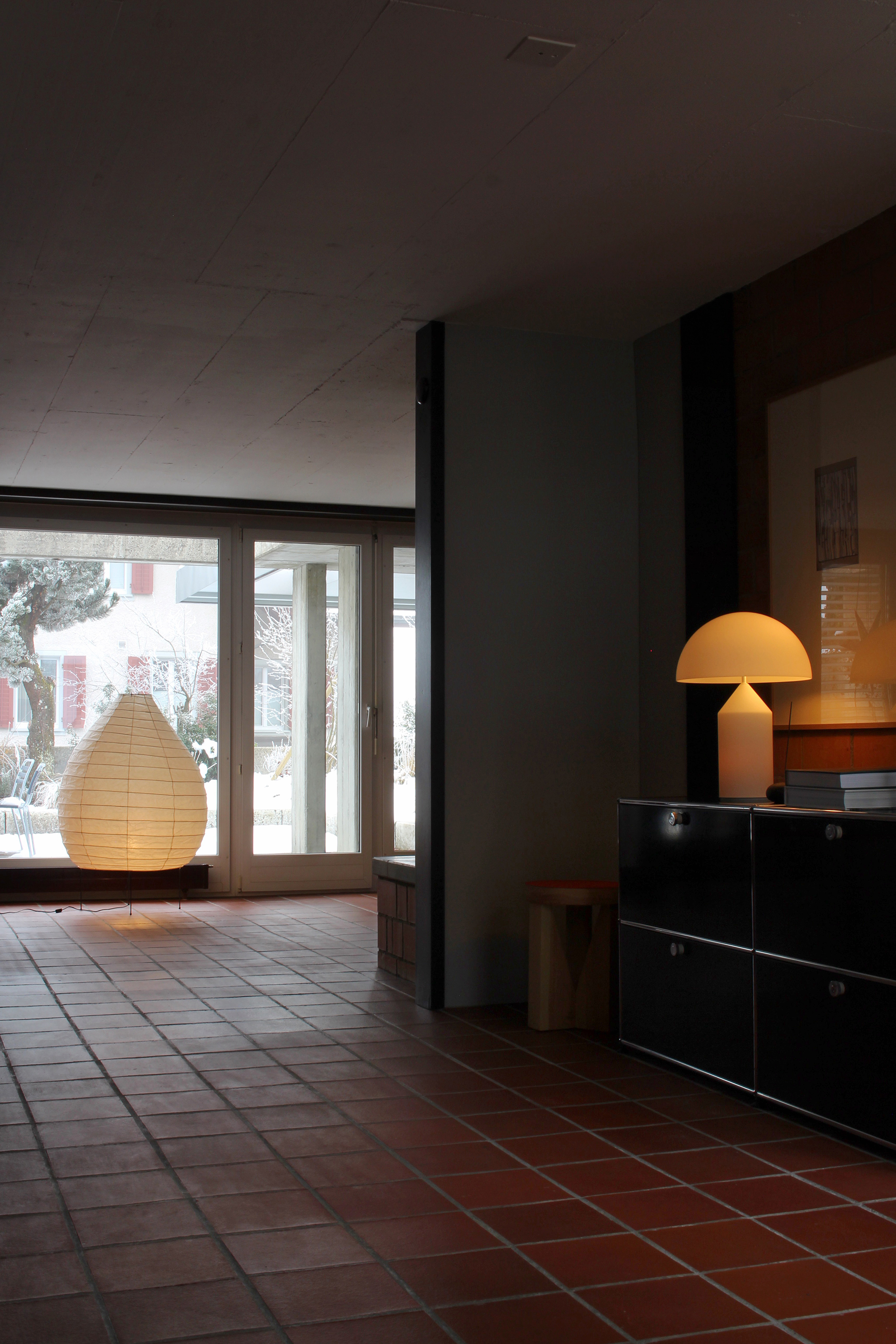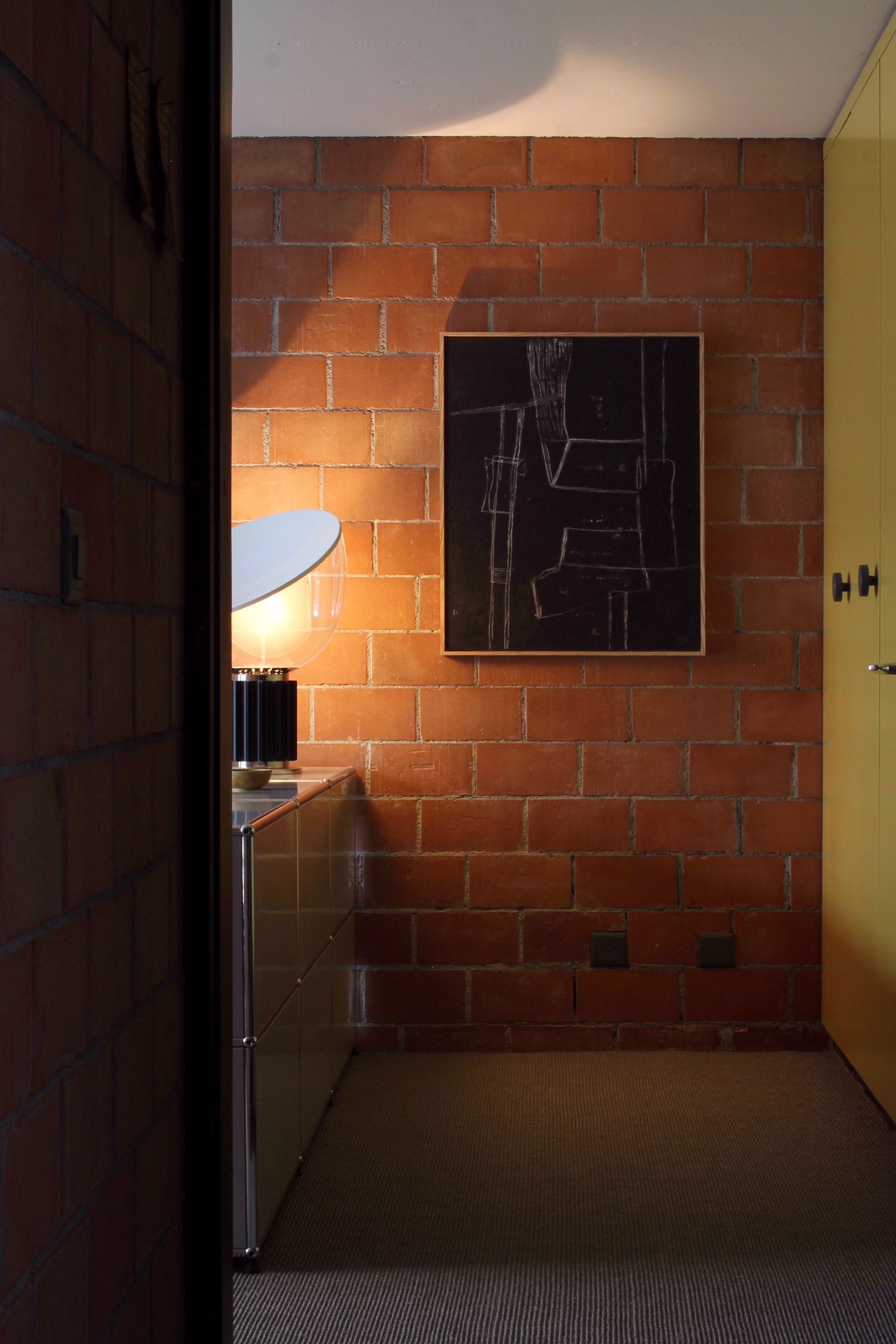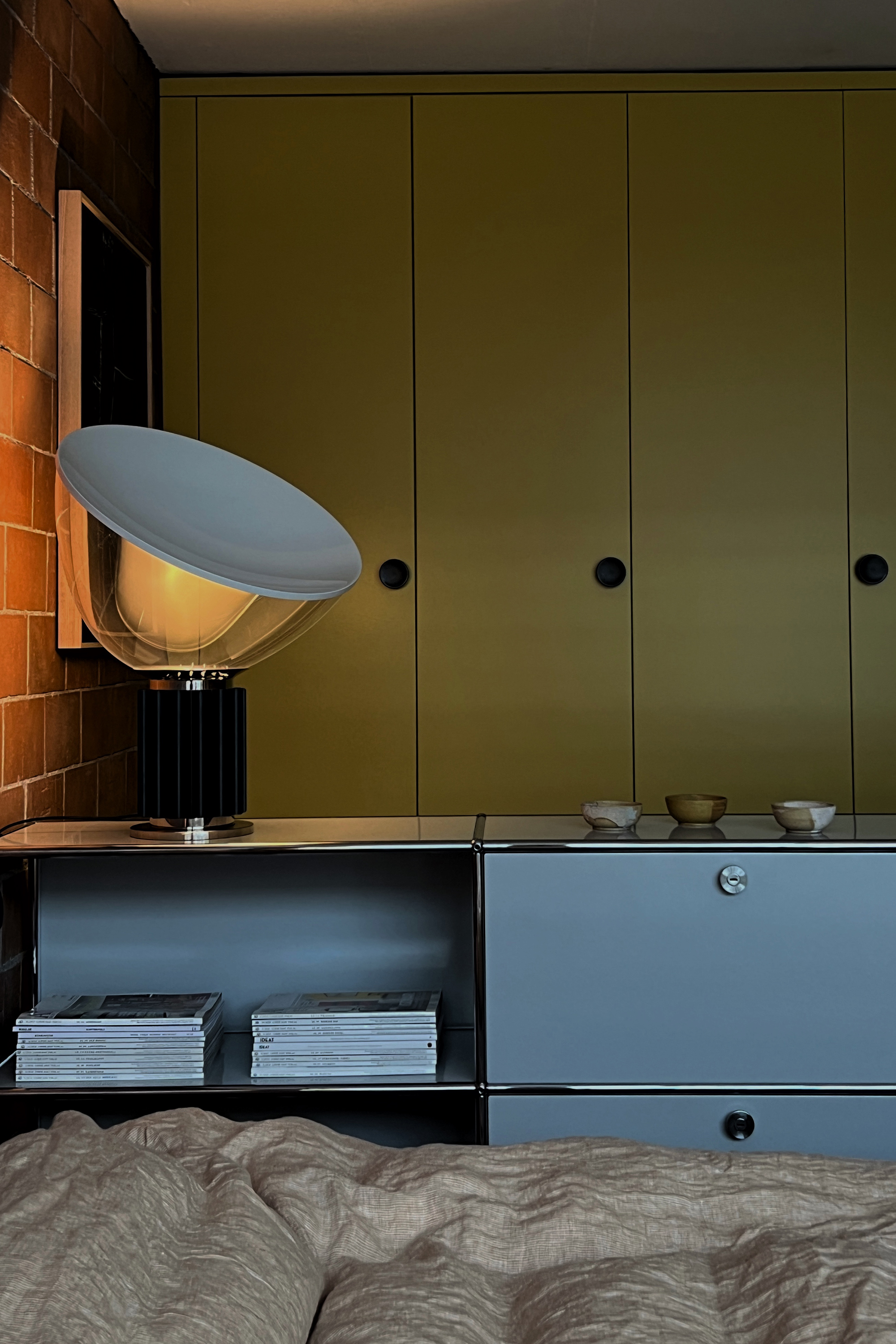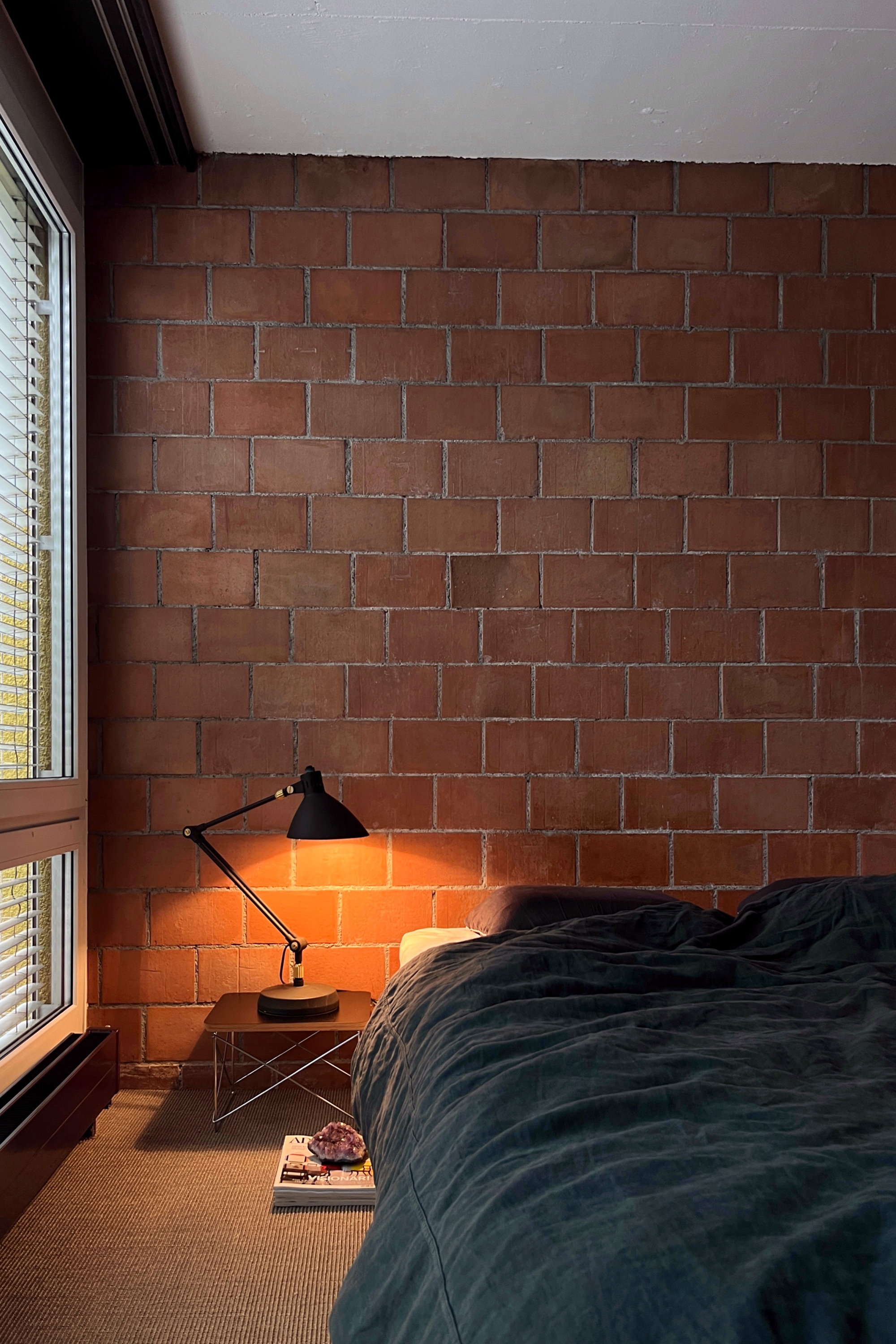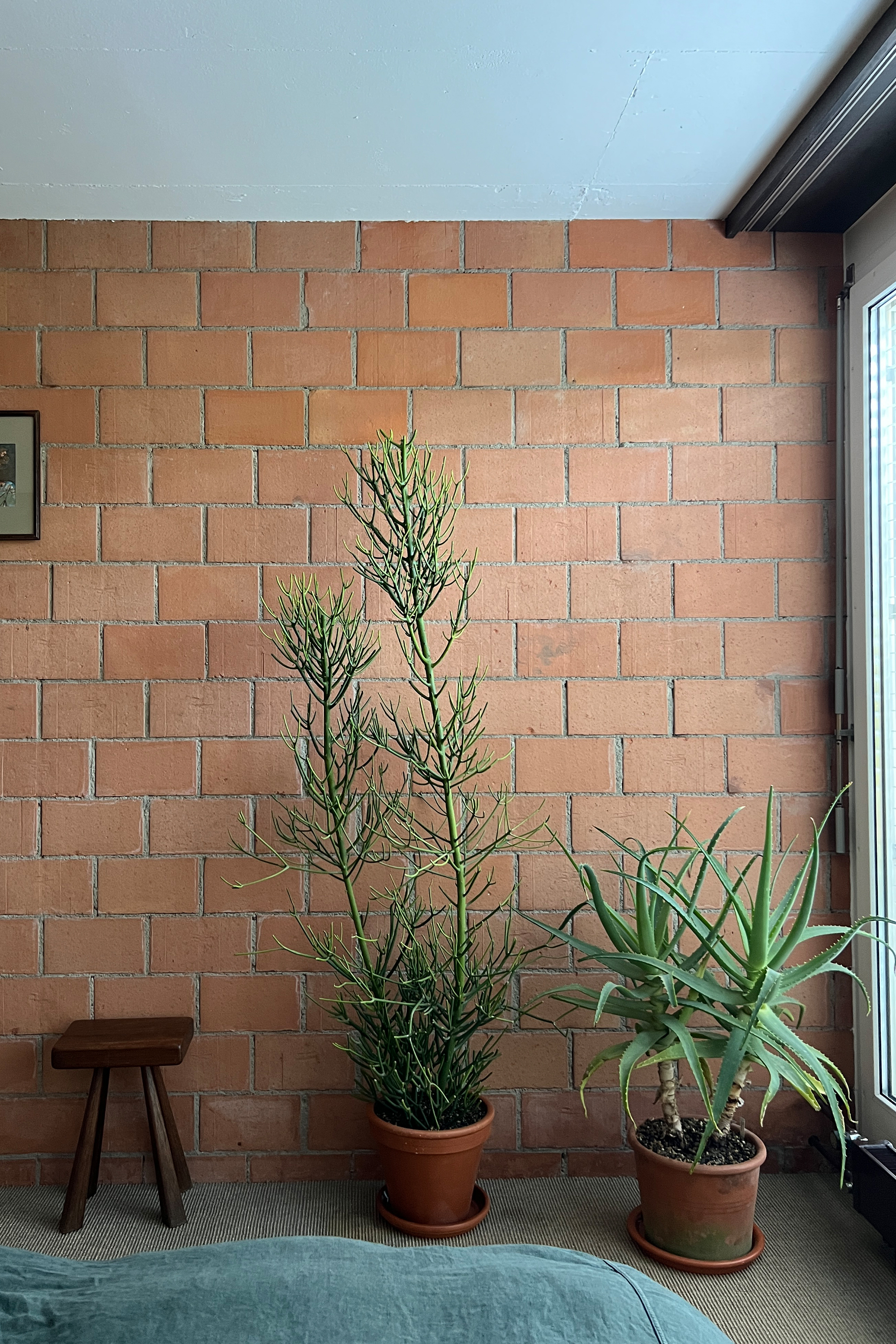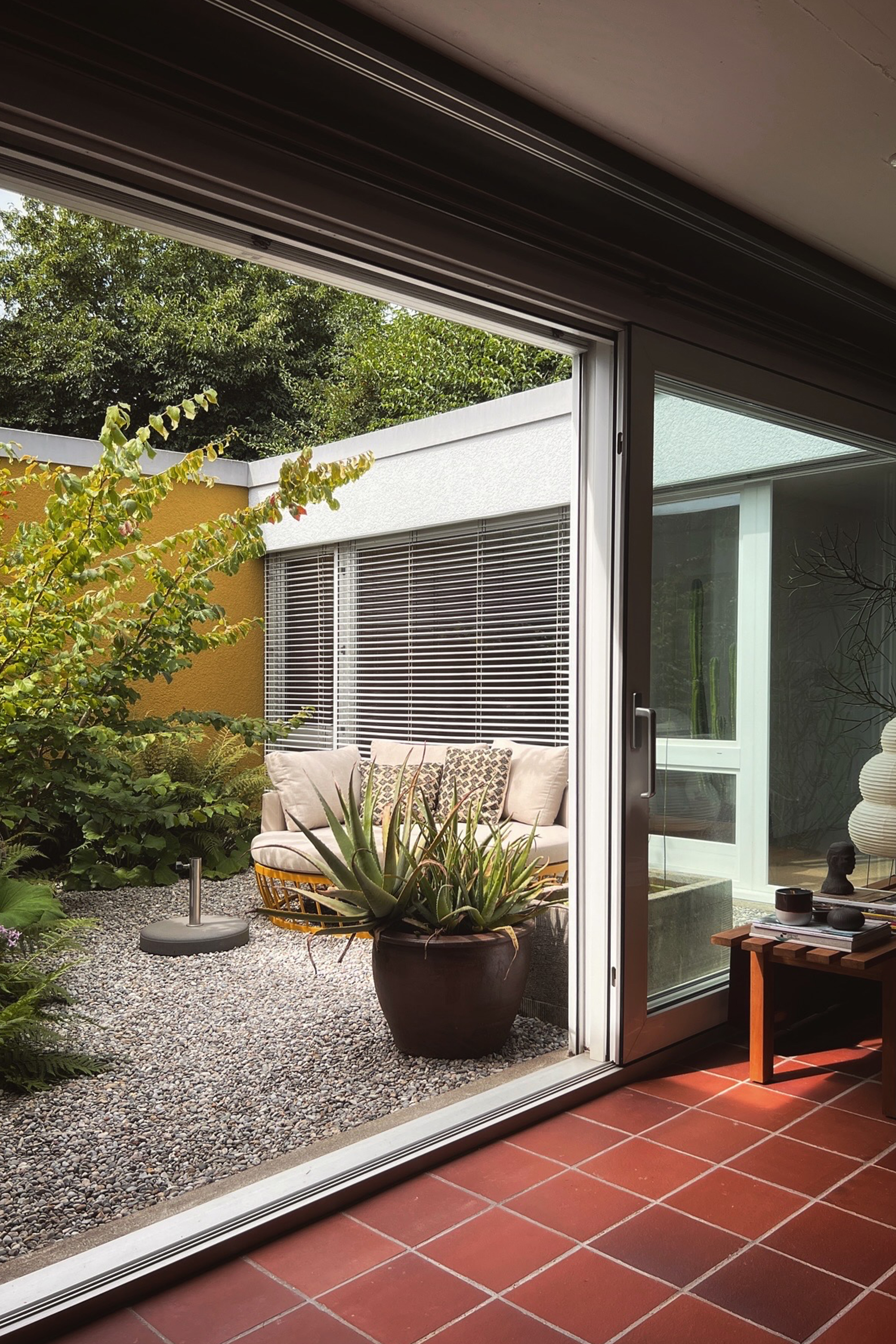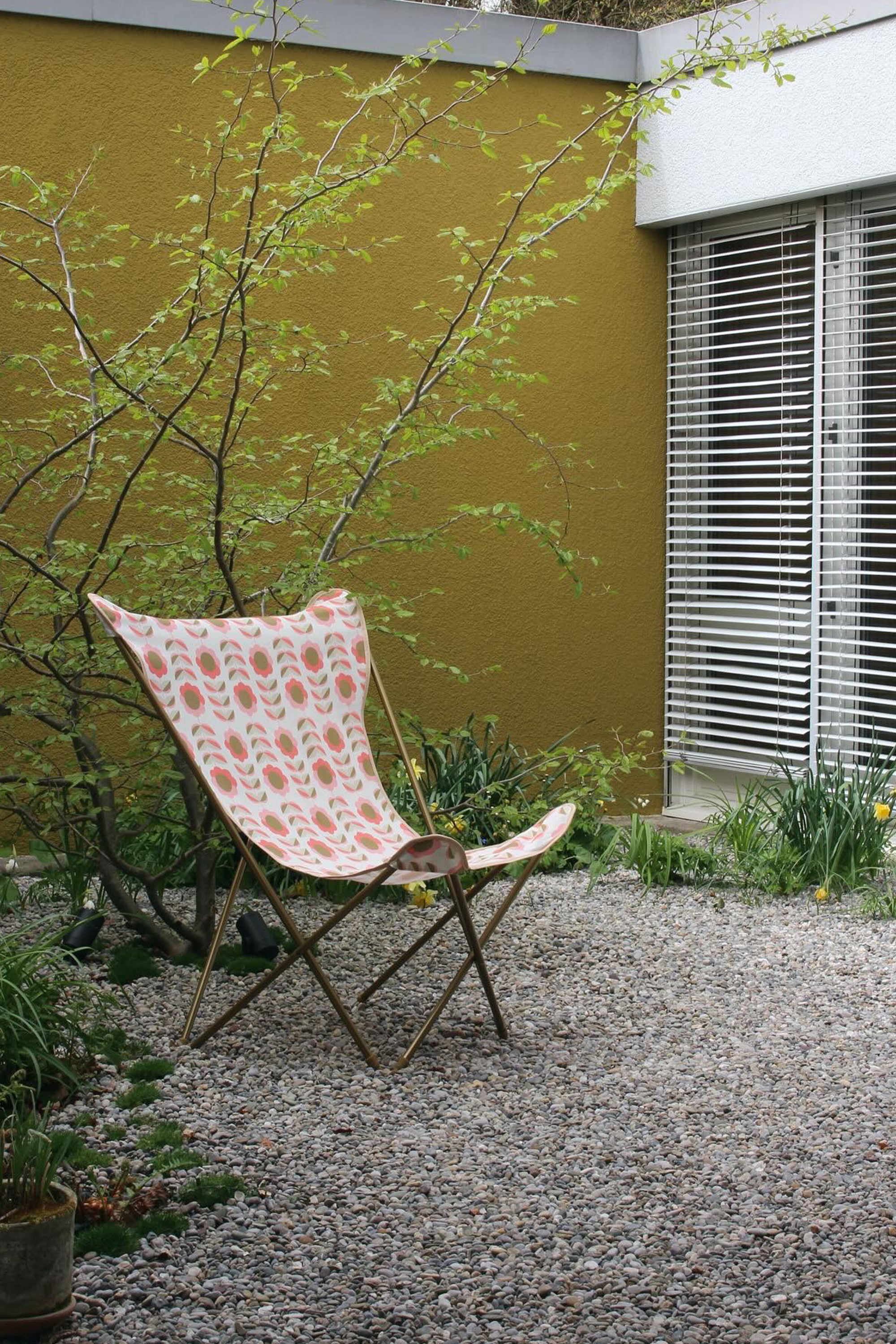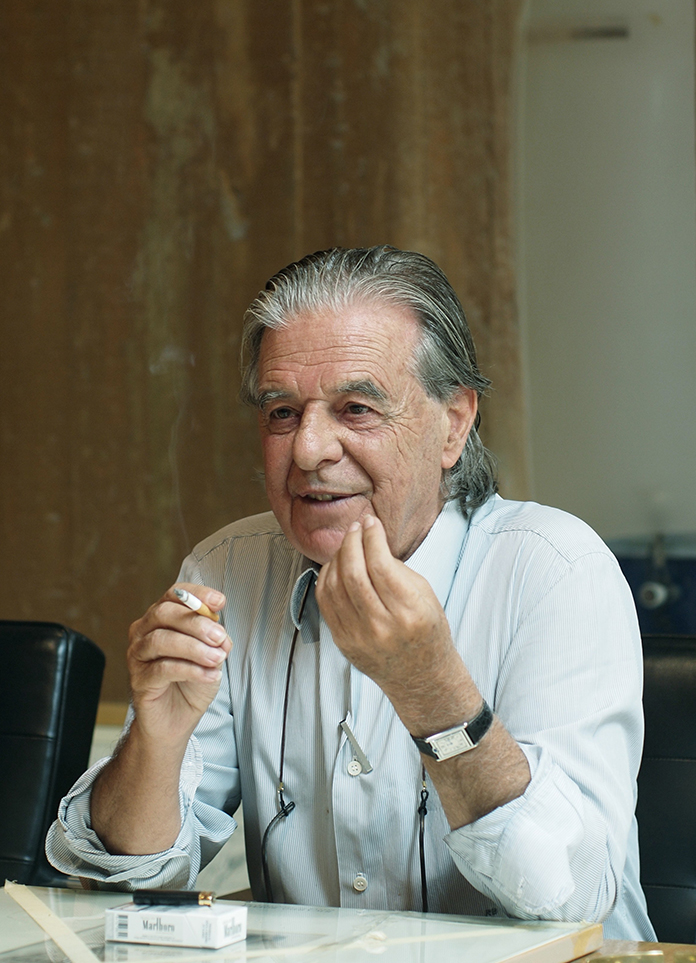The first feature in the "Taste Space" interview series spotlights David Widmer, a furniture designer based in Zurich, Switzerland. For David, design and life are inseparable.As the Art Director of a Swiss furniture brand, David is not only active in the field of home design, but also engages with his space as both an artist and content creator. Through his personal living environment, he continually explores and expresses his interpretation of Mid-century Modern aesthetics.
David shares with YINJISPACE his views on living spaces, aesthetic preferences, and creative journey—offering a multidimensional glimpse into how a creative individual integrates personal design philosophy, lifestyle, and spatial practice. His story reveals the deeper connection between design and the everyday.
When asked to define the style of his living space in three words, David answered without hesitation: “Personal, Midcentury, Home.”He told us, “Even before I bought this house, I had already started collecting mid-century furniture. In a way, the style came before the home. I had always dreamed of living with exposed brick walls. So when I first saw this house—with its courtyard, brick façade, and a hint of Californian flair—I just knew it was the one. It felt like fate.”To David, this mid-century space is more than just a design choice—it’s a reflection of his love for timeless design, thoughtful details, and the quiet stories hidden within every vintage piece.
Stepping into David’s home, one is met with an atmosphere that is both minimal and inviting. The entire interior feels open and fluid, bathed in natural light throughout the day.The house, built in 1973, was designed by an architect who had spent time traveling through California. As a result, it merges elements of European mid-century design with West Coast modernism.David expressed his deep appreciation for the open-plan layout. At the heart of the home, a central courtyard connects the bedrooms, dining area, and workspace, while the living room opens directly into the garden. This spatial arrangement naturally encourages interaction and movement—a quality David values deeply.To him, living well means being surrounded by things that resonate on a personal level. A meaningful space isn’t just a backdrop—it’s alive with scenes and emotions, shaped by the things we choose to live with.
